Shows
 Energy Risk Engineering9540 and 9540A OverviewLearn about battery testing2025-06-2539 min
Energy Risk Engineering9540 and 9540A OverviewLearn about battery testing2025-06-2539 min My First Home Buyer MentorYour First Home in Adelaide - With John and Nicola KefalianosYour First Home in Adelaide Are you curious about the best suburbs for first home buyers in Adelaide? In this episode of their podcast, hosts Nicola and John Kefalianos explore the top locations where buyers on a budget can get their foot in the property market. With a deposit as low as $42,000, they uncover three affordable suburbs that could help make homeownership a reality in 2025. From the charming suburb of Kurralta Park to the up-and-coming area of Keswick, and the more spacious options in Munno Para, they provide valuable insights into wh...2025-06-2506 min
My First Home Buyer MentorYour First Home in Adelaide - With John and Nicola KefalianosYour First Home in Adelaide Are you curious about the best suburbs for first home buyers in Adelaide? In this episode of their podcast, hosts Nicola and John Kefalianos explore the top locations where buyers on a budget can get their foot in the property market. With a deposit as low as $42,000, they uncover three affordable suburbs that could help make homeownership a reality in 2025. From the charming suburb of Kurralta Park to the up-and-coming area of Keswick, and the more spacious options in Munno Para, they provide valuable insights into wh...2025-06-2506 min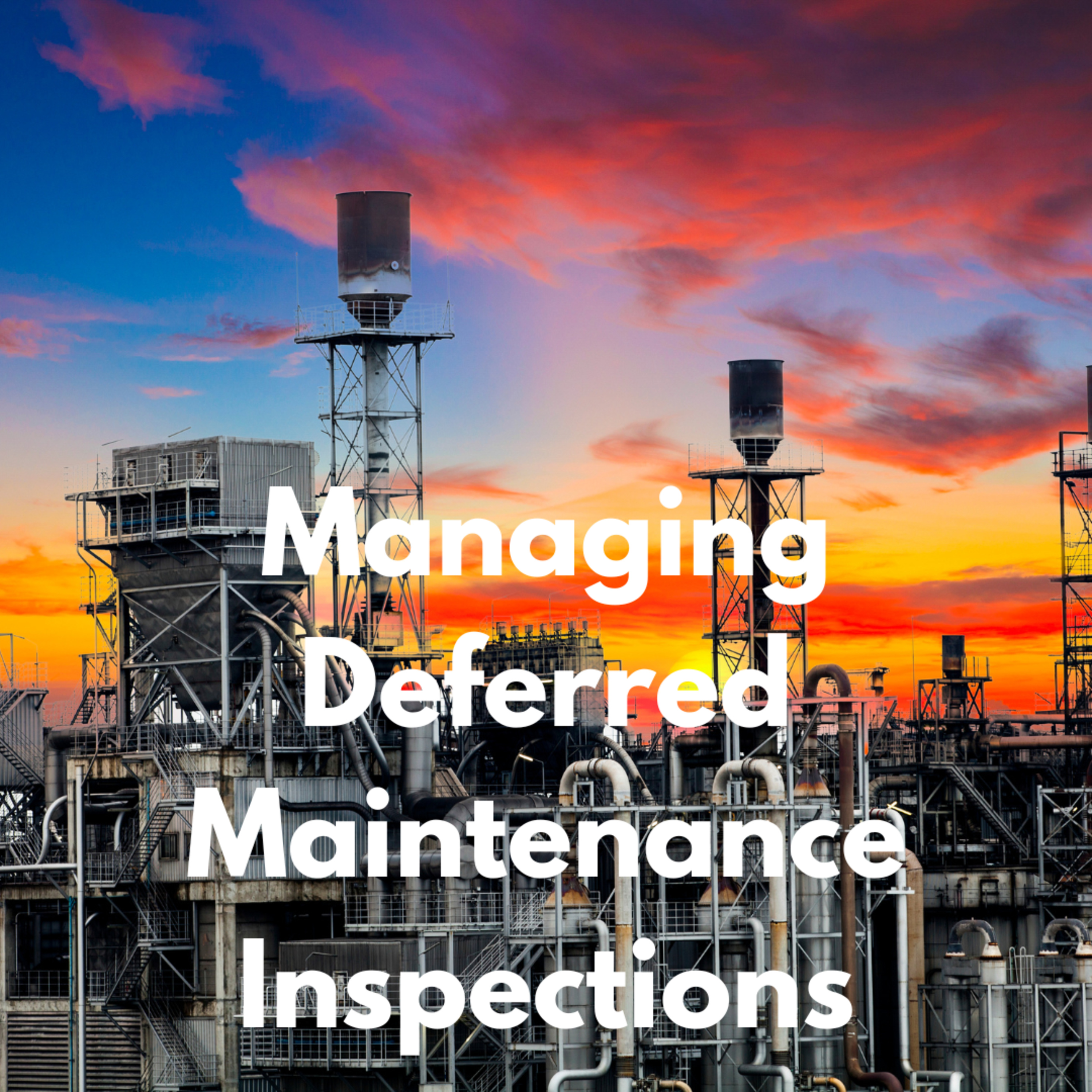 Energy Risk EngineeringStrategic Management of Inspection Deferrals in Oil and GasDive into the critical world of asset integrity in the oil and gas industry. This episode explores the complex issue of maintenance inspection deferrals, decisions to postpone scheduled inspections often driven by economic pressures, resource limitations, or the demands of operational continuity. We unpack the significant risks associated with improper deferrals, including potential catastrophic failures, environmental damage, and major financial and reputational losses....Discover the balanced approach advocated in John Munno's position paper, emphasizing that deferrals should be exception-based decisions governed by standardized protocols, not routine practice.... We delve into robust risk assessment frameworks, documentation and approval processes, and...2025-05-0616 min
Energy Risk EngineeringStrategic Management of Inspection Deferrals in Oil and GasDive into the critical world of asset integrity in the oil and gas industry. This episode explores the complex issue of maintenance inspection deferrals, decisions to postpone scheduled inspections often driven by economic pressures, resource limitations, or the demands of operational continuity. We unpack the significant risks associated with improper deferrals, including potential catastrophic failures, environmental damage, and major financial and reputational losses....Discover the balanced approach advocated in John Munno's position paper, emphasizing that deferrals should be exception-based decisions governed by standardized protocols, not routine practice.... We delve into robust risk assessment frameworks, documentation and approval processes, and...2025-05-0616 min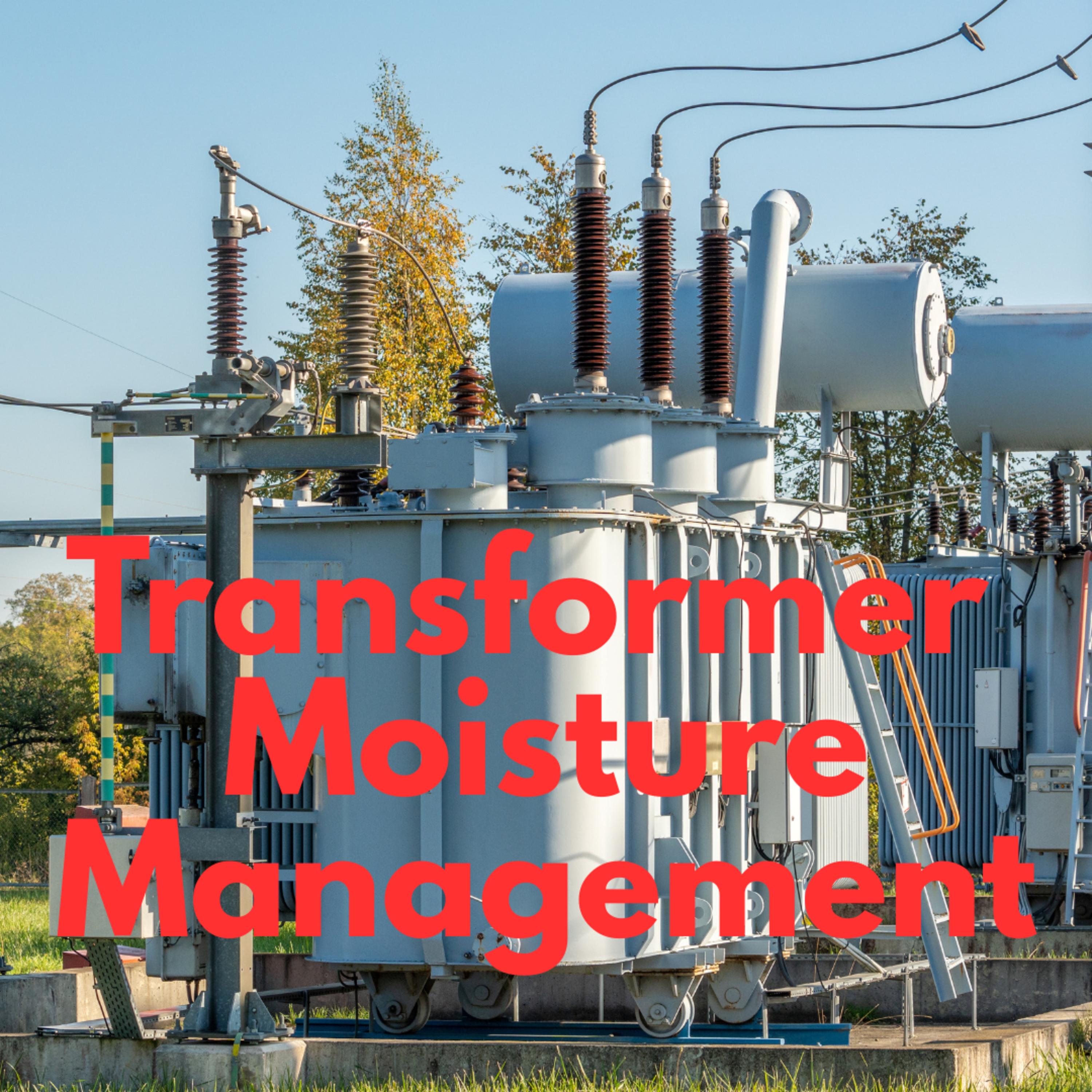 Energy Risk EngineeringManaging Moisture in GSU Transformers: A Comprehensive Guide for Engineering ProfessionalsIn this episode, we explore why keeping moisture out of Generator Step‑Up (GSU) transformers is critical to reliability and safety. Join us as we map out:Primary Water Ingress PointsHow breathers, bushings, gaskets and inspection plates can let moisture inside—even in short timeframes.Consequences of Excess Moisture• Electrical‑level risks: loss of dielectric strength & spikes in partial discharge• Chemical‑and‑physical degradation: accelerated cellulose aging, acid by‑products & corrosive sulfur reactions• Thermal challenges: reduced oil conductivity leading to dangerous hotspotsActionable Moisture ThresholdsClear ppm‑based ba...2025-05-0624 min
Energy Risk EngineeringManaging Moisture in GSU Transformers: A Comprehensive Guide for Engineering ProfessionalsIn this episode, we explore why keeping moisture out of Generator Step‑Up (GSU) transformers is critical to reliability and safety. Join us as we map out:Primary Water Ingress PointsHow breathers, bushings, gaskets and inspection plates can let moisture inside—even in short timeframes.Consequences of Excess Moisture• Electrical‑level risks: loss of dielectric strength & spikes in partial discharge• Chemical‑and‑physical degradation: accelerated cellulose aging, acid by‑products & corrosive sulfur reactions• Thermal challenges: reduced oil conductivity leading to dangerous hotspotsActionable Moisture ThresholdsClear ppm‑based ba...2025-05-0624 min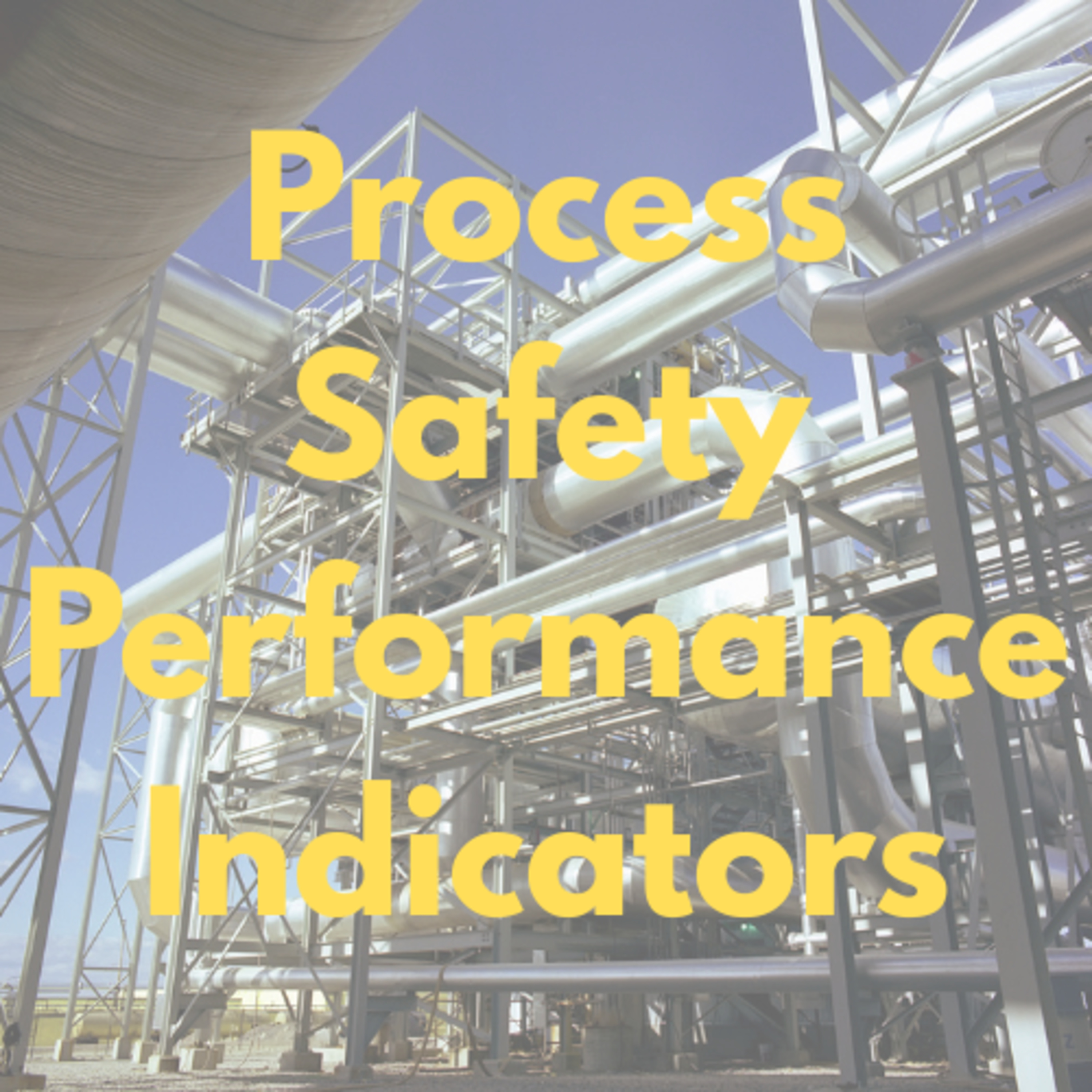 Energy Risk EngineeringProcess Safety Performance IndicatorsWelcome to this audio overview on process safety performance indicators (PSPIs). In the process industry, while personal safety is crucial, preventing major incidents requires a strong focus on process safety management. Major incidents like fires, explosions, or significant releases of hazardous materials can have severe consequences. To effectively manage and reduce the risk of such incidents, organisations implement process safety management systems, which rely on various barriers like physical systems, instrumented systems, and management/people systems.To understand how well these systems are functioning, organisations use process safety performance indicators (PSPIs). These metrics can be...2025-04-1729 min
Energy Risk EngineeringProcess Safety Performance IndicatorsWelcome to this audio overview on process safety performance indicators (PSPIs). In the process industry, while personal safety is crucial, preventing major incidents requires a strong focus on process safety management. Major incidents like fires, explosions, or significant releases of hazardous materials can have severe consequences. To effectively manage and reduce the risk of such incidents, organisations implement process safety management systems, which rely on various barriers like physical systems, instrumented systems, and management/people systems.To understand how well these systems are functioning, organisations use process safety performance indicators (PSPIs). These metrics can be...2025-04-1729 min Energy Risk EngineeringPower Plant Sequential Trip Logic ExplainedIn this overview, we explore power plant sequential trip logic, focusing on a setup where the generator field breaker stays closed until a reverse power permissive is detected. This controlled shutdown process protects turbine-generator systems by ensuring the prime mover, like a steam or gas turbine, has stopped driving the generator before de-excitation. Reverse power—when the generator draws energy from the grid instead of producing it—acts as the key signal, confirmed by a relay after the turbine slows down. The sequence begins with a triggering event, like a steam loss, followed by turbine shutdown, reverse power detection, and...2025-04-0914 min
Energy Risk EngineeringPower Plant Sequential Trip Logic ExplainedIn this overview, we explore power plant sequential trip logic, focusing on a setup where the generator field breaker stays closed until a reverse power permissive is detected. This controlled shutdown process protects turbine-generator systems by ensuring the prime mover, like a steam or gas turbine, has stopped driving the generator before de-excitation. Reverse power—when the generator draws energy from the grid instead of producing it—acts as the key signal, confirmed by a relay after the turbine slows down. The sequence begins with a triggering event, like a steam loss, followed by turbine shutdown, reverse power detection, and...2025-04-0914 min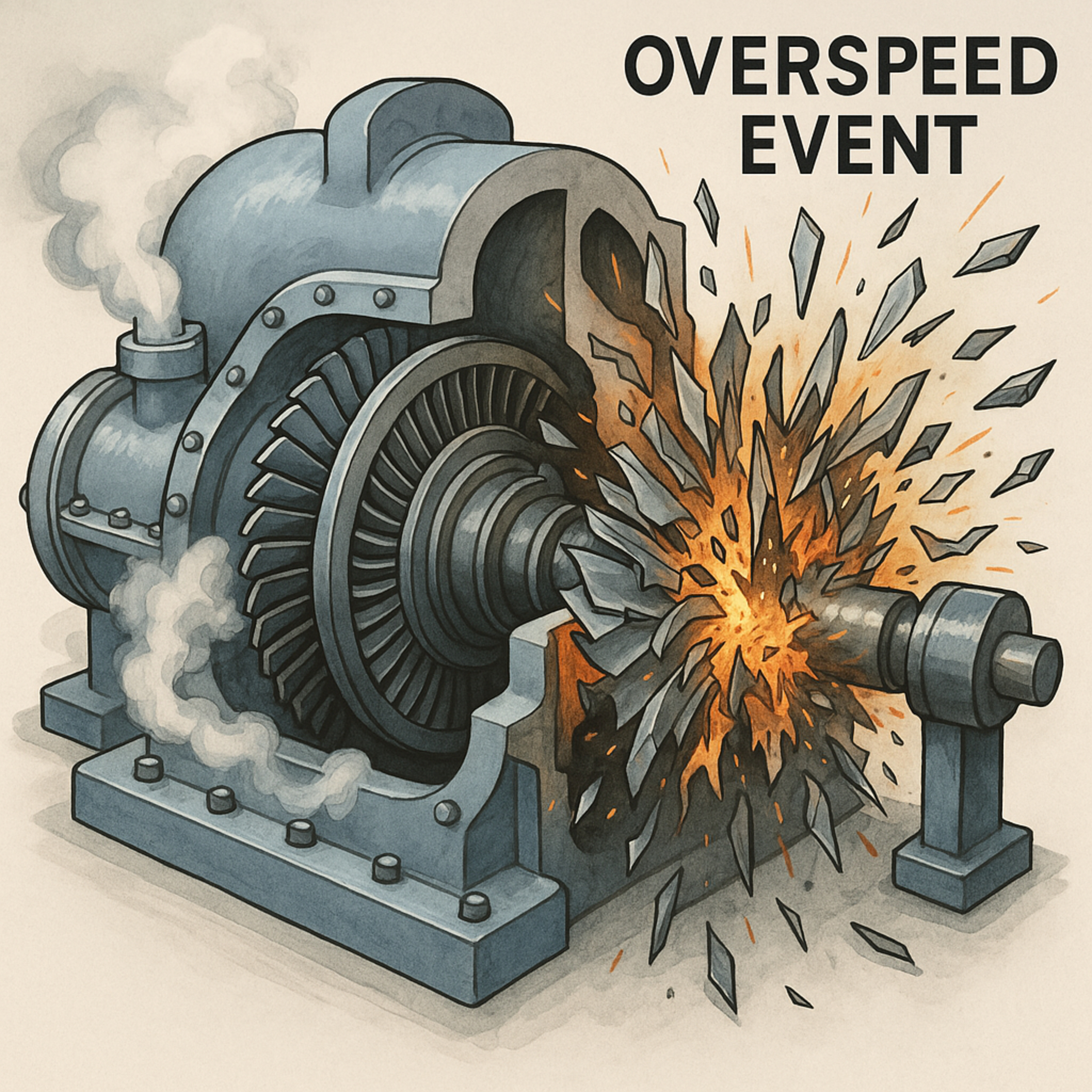 Energy Risk EngineeringSteam Turbine Overspeed TestingSteam turbine overspeed trip testing is essential for safety, with different methods depending on whether the system is electronic or mechanical. Electronic systems can be tested more safely by temporarily lowering the trip point below the normal operating speed. This allows for verification of the trip mechanism without reaching dangerous speeds, followed by resetting the trip point to the standard higher value. In contrast, mechanical systems have a fixed trip point that requires the turbine to reach a higher speed for testing, which carries more risk. Regardless of the system, thorough preparation, adherence to industry standards, and...2025-04-0813 min
Energy Risk EngineeringSteam Turbine Overspeed TestingSteam turbine overspeed trip testing is essential for safety, with different methods depending on whether the system is electronic or mechanical. Electronic systems can be tested more safely by temporarily lowering the trip point below the normal operating speed. This allows for verification of the trip mechanism without reaching dangerous speeds, followed by resetting the trip point to the standard higher value. In contrast, mechanical systems have a fixed trip point that requires the turbine to reach a higher speed for testing, which carries more risk. Regardless of the system, thorough preparation, adherence to industry standards, and...2025-04-0813 min Energy Risk EngineeringNew Nuclear and how it's insured in the USThis audio overview discusses the status of several new nuclear power plant projects planned or under development in the United States as of March 2025, including their locations, technologies, and progress toward construction. It also outlines the insurance landscape for these nuclear projects, explaining the roles of private insurers like American Nuclear Insurers (ANI), government-backed mechanisms under the Price-Anderson Act, and the mutual insurer Nuclear Electric Insurance Limited (NEIL) in covering construction, operational, and liability risks. The overview highlights the challenges and trends in insuring advanced reactor designs and suggests the likely insurance providers for each specific project...2025-03-0514 min
Energy Risk EngineeringNew Nuclear and how it's insured in the USThis audio overview discusses the status of several new nuclear power plant projects planned or under development in the United States as of March 2025, including their locations, technologies, and progress toward construction. It also outlines the insurance landscape for these nuclear projects, explaining the roles of private insurers like American Nuclear Insurers (ANI), government-backed mechanisms under the Price-Anderson Act, and the mutual insurer Nuclear Electric Insurance Limited (NEIL) in covering construction, operational, and liability risks. The overview highlights the challenges and trends in insuring advanced reactor designs and suggests the likely insurance providers for each specific project...2025-03-0514 min Energy Risk EngineeringSolar Plant Risks
The audio overview of the sources is a two-part series from the YouTube channel "Energy Risk Engineering Lessons" focusing on risk management for solar energy. The first video, "Solar Power for Risk Engineers," provides an overview of common risks associated with solar farms, including:•Snake bites 1•Hail damage 2•Wind damage 3...•Flooding 5•Fires originating from both natural sources and the solar equipment itself 5...•Microcracking 2...•Cable damage8•Transformer failures 8 The video discusses the causes of these risks and strategies for mitigating them, including:•Hail and wind stow systems 3...•Vegetation management 5...•Regular inspections and electrical testing 11•Proper maintenance of electrical equipment 12...It emphasizes the importanc...2025-01-2117 min
Energy Risk EngineeringSolar Plant Risks
The audio overview of the sources is a two-part series from the YouTube channel "Energy Risk Engineering Lessons" focusing on risk management for solar energy. The first video, "Solar Power for Risk Engineers," provides an overview of common risks associated with solar farms, including:•Snake bites 1•Hail damage 2•Wind damage 3...•Flooding 5•Fires originating from both natural sources and the solar equipment itself 5...•Microcracking 2...•Cable damage8•Transformer failures 8 The video discusses the causes of these risks and strategies for mitigating them, including:•Hail and wind stow systems 3...•Vegetation management 5...•Regular inspections and electrical testing 11•Proper maintenance of electrical equipment 12...It emphasizes the importanc...2025-01-2117 min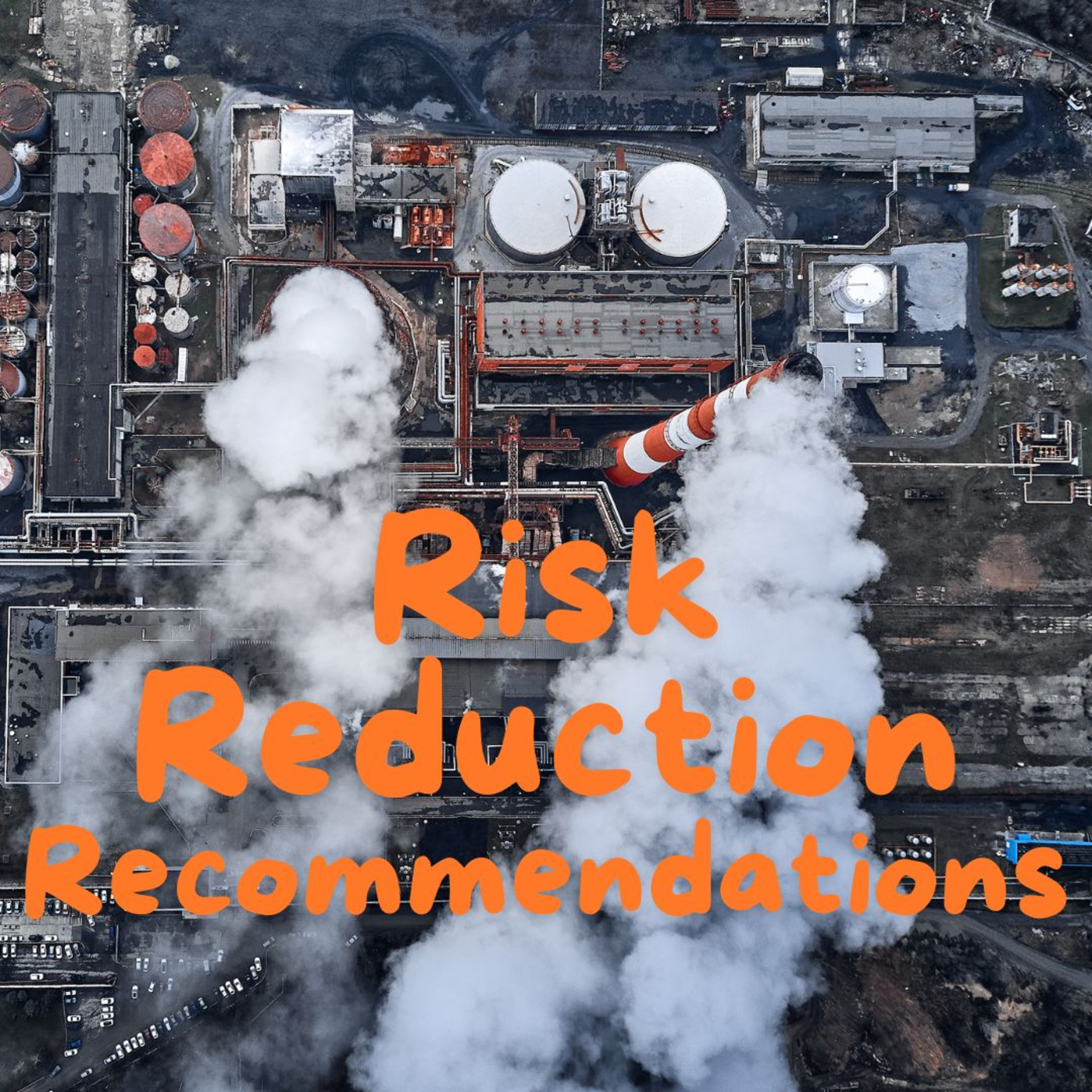 Energy Risk EngineeringGetting Risk Recommendations Accepted and Implemented
This podcast is designed for risk engineers, risk managers, and underwriters in the chemical and power plant industries. It outlines types of recommendations, specifically property and equipment recommendations, to protect assets and improve operational efficiency. Key topics include crafting complex and simplistic recommendations, supporting them with code references and industry standards, and communicating effectively with stakeholders such as plant managers and risk managers. The script also emphasizes the importance of clear, specific, feasible, and evidence-based recommendations. Lastly, it addresses handling pushback and resistance, and underscores the need for engaging stakeholders early to ensure successful implementation.
2025-01-1217 min
Energy Risk EngineeringGetting Risk Recommendations Accepted and Implemented
This podcast is designed for risk engineers, risk managers, and underwriters in the chemical and power plant industries. It outlines types of recommendations, specifically property and equipment recommendations, to protect assets and improve operational efficiency. Key topics include crafting complex and simplistic recommendations, supporting them with code references and industry standards, and communicating effectively with stakeholders such as plant managers and risk managers. The script also emphasizes the importance of clear, specific, feasible, and evidence-based recommendations. Lastly, it addresses handling pushback and resistance, and underscores the need for engaging stakeholders early to ensure successful implementation.
2025-01-1217 min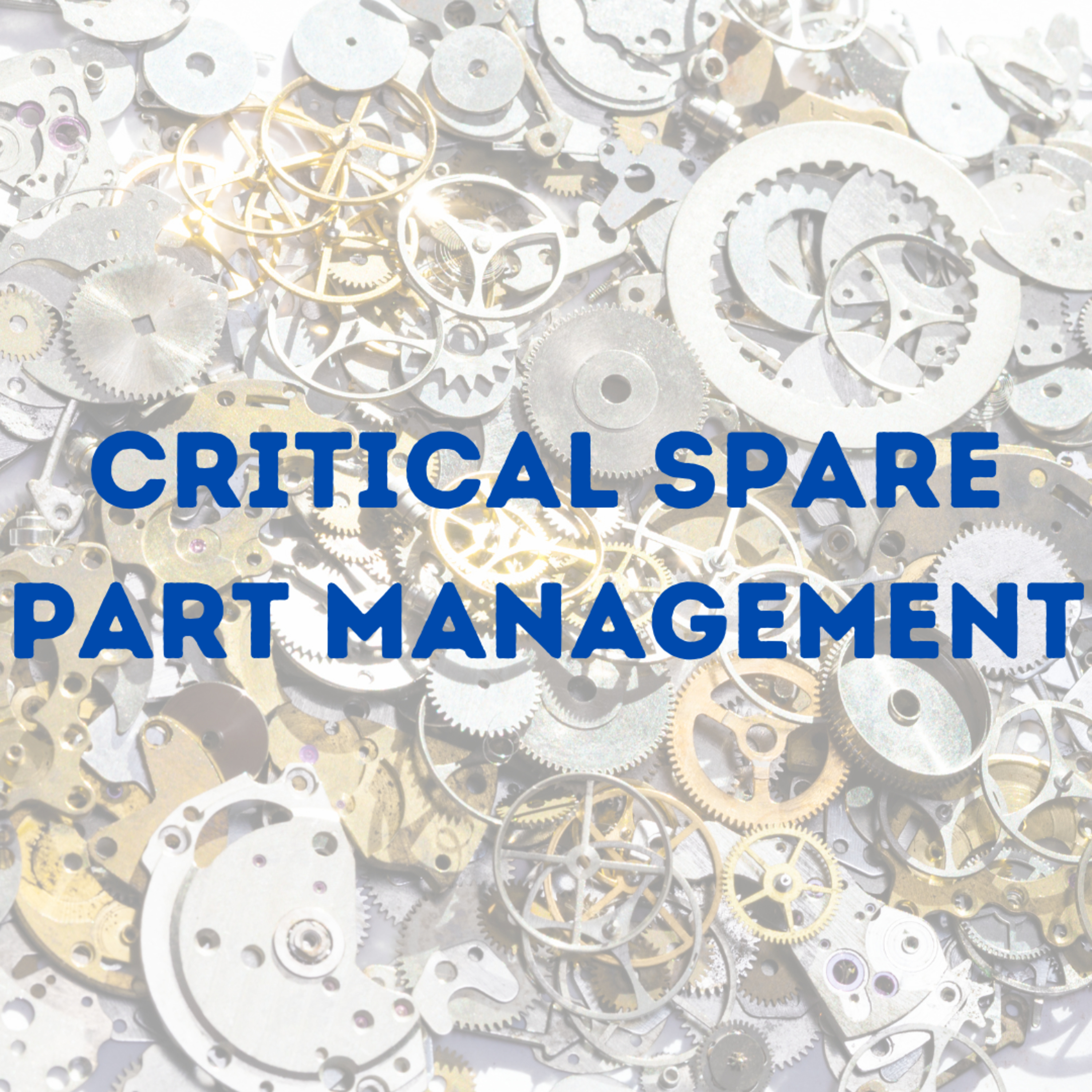 Energy Risk EngineeringCritical Spare Part Management in Power and Chemical Plants
This audio describes a system for managing critical spare parts in power plants and chemical manufacturing facilities. The system categorizes parts by criticality (tiers 1-3) based on failure rates, lead times, and substitutability. A matrix links parts to equipment, considering factors like redundancy and cross-compatibility. A scoring system assesses equipment impact and lead times to calculate a criticality index, guiding decisions on inventory levels and supply agreements. Regular reviews and event-triggered updates ensure the system remains current, improving risk management and potentially reducing insurance costs.
2024-12-2220 min
Energy Risk EngineeringCritical Spare Part Management in Power and Chemical Plants
This audio describes a system for managing critical spare parts in power plants and chemical manufacturing facilities. The system categorizes parts by criticality (tiers 1-3) based on failure rates, lead times, and substitutability. A matrix links parts to equipment, considering factors like redundancy and cross-compatibility. A scoring system assesses equipment impact and lead times to calculate a criticality index, guiding decisions on inventory levels and supply agreements. Regular reviews and event-triggered updates ensure the system remains current, improving risk management and potentially reducing insurance costs.
2024-12-2220 min Energy Risk EngineeringAEDs in Industrial Plants
This presentation discusses automated external defibrillators (AEDs), focusing on their importance in high-risk environments like power and chemical plants. The speaker details the history and function of AEDs, explaining how they analyze heart rhythms and deliver shocks to restore normal heartbeats in cases of sudden cardiac arrest, the leading cause of death in the U.S. Safety precautions for AED use in industrial settings are emphasized, along with real-life examples of AED application and situations where their use is inappropriate. Finally, the presentation highlights the importance of AED training for personnel in workplaces requiring CPR proficiency.
2024-12-1910 min
Energy Risk EngineeringAEDs in Industrial Plants
This presentation discusses automated external defibrillators (AEDs), focusing on their importance in high-risk environments like power and chemical plants. The speaker details the history and function of AEDs, explaining how they analyze heart rhythms and deliver shocks to restore normal heartbeats in cases of sudden cardiac arrest, the leading cause of death in the U.S. Safety precautions for AED use in industrial settings are emphasized, along with real-life examples of AED application and situations where their use is inappropriate. Finally, the presentation highlights the importance of AED training for personnel in workplaces requiring CPR proficiency.
2024-12-1910 min Energy Risk EngineeringUnderstanding Engineers
This document categorizes engineers into three personality types: Alpha, Beta, and Sigma. Alpha engineers are assertive leaders who excel in strategic planning, while Beta engineers prioritize collaboration and meticulous execution. Sigma engineers are independent innovators who thrive on complex, autonomous projects. The document details the strengths, weaknesses, and optimal motivational strategies for each type, aiming to improve team dynamics and professional development. Understanding these types can lead to better management and employee satisfaction.
2024-12-0920 min
Energy Risk EngineeringUnderstanding Engineers
This document categorizes engineers into three personality types: Alpha, Beta, and Sigma. Alpha engineers are assertive leaders who excel in strategic planning, while Beta engineers prioritize collaboration and meticulous execution. Sigma engineers are independent innovators who thrive on complex, autonomous projects. The document details the strengths, weaknesses, and optimal motivational strategies for each type, aiming to improve team dynamics and professional development. Understanding these types can lead to better management and employee satisfaction.
2024-12-0920 min Energy Risk EngineeringNuclear Power Plant Decommissioning
Nuclear power plant decommissioning in the U.S. is a complex process overseen by the Nuclear Regulatory Commission (NRC). The process involves safely removing radioactive materials, dismantling structures, and ensuring the site is environmentally sound before license termination. Two main decommissioning options exist, SAFSTOR (safe storage) and DECON (immediate decontamination), with funding requirements determined by the NRC based on technical studies and cost estimations. Multiple agencies participate in the regulatory oversight to protect public health and safety. Numerous reactors have completed or are currently undergoing this process.2024-12-0614 min
Energy Risk EngineeringNuclear Power Plant Decommissioning
Nuclear power plant decommissioning in the U.S. is a complex process overseen by the Nuclear Regulatory Commission (NRC). The process involves safely removing radioactive materials, dismantling structures, and ensuring the site is environmentally sound before license termination. Two main decommissioning options exist, SAFSTOR (safe storage) and DECON (immediate decontamination), with funding requirements determined by the NRC based on technical studies and cost estimations. Multiple agencies participate in the regulatory oversight to protect public health and safety. Numerous reactors have completed or are currently undergoing this process.2024-12-0614 min Energy Risk EngineeringFlywheel Energy Storage Systems
"A review of flywheel energy storage systems: state of the art and opportunities" comprehensively examines flywheel energy storage systems (FESS), detailing their components (flywheel rotors, bearings, converters, and auxiliary systems), materials (composite and steel), and applications (utility, renewable energy integration, transportation, and defense). Taurus, is using FESS in residential renewable energy generation, focusing on the system's advantages (sustainability, longevity, performance in extreme environments, rapid charge/discharge) and challenges (cost, self-discharge limitations). Both sources highlight the potential of FESS, particularly in niche applications and hybrid systems, but acknowledge the technology's current limitations compared to lithium-ion batteries. The paper offers a...2024-12-0522 min
Energy Risk EngineeringFlywheel Energy Storage Systems
"A review of flywheel energy storage systems: state of the art and opportunities" comprehensively examines flywheel energy storage systems (FESS), detailing their components (flywheel rotors, bearings, converters, and auxiliary systems), materials (composite and steel), and applications (utility, renewable energy integration, transportation, and defense). Taurus, is using FESS in residential renewable energy generation, focusing on the system's advantages (sustainability, longevity, performance in extreme environments, rapid charge/discharge) and challenges (cost, self-discharge limitations). Both sources highlight the potential of FESS, particularly in niche applications and hybrid systems, but acknowledge the technology's current limitations compared to lithium-ion batteries. The paper offers a...2024-12-0522 min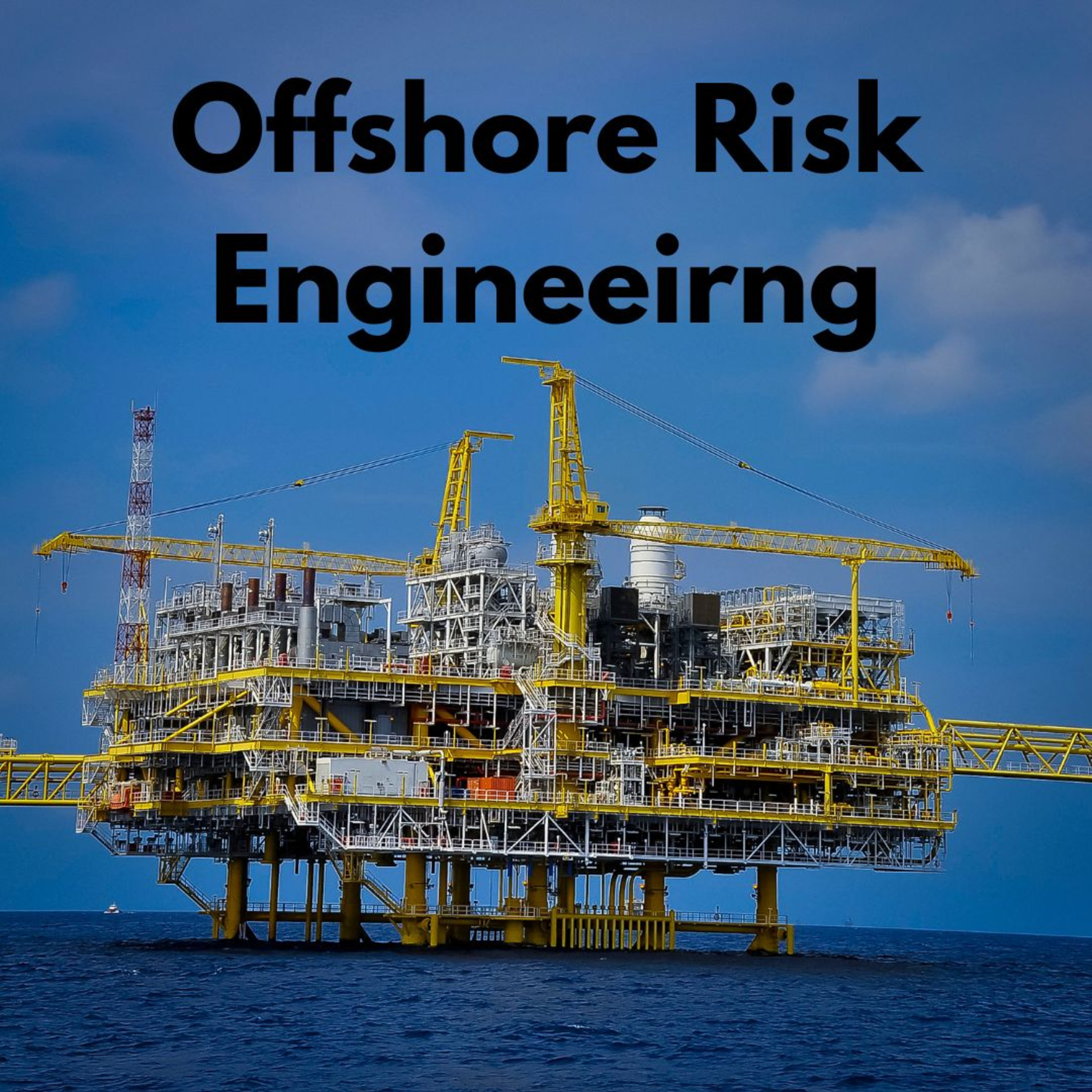 Energy Risk EngineeringOffshore Risk Engineering
This transcript details a speaker's experiences working in offshore oil production, contrasting safety and maintenance procedures with onshore practices. The speaker recounts a trip to an offshore oil platform, highlighting differences in safety protocols, equipment testing, and regulatory oversight. Significant losses from hurricanes and subsequent insurance challenges led to the sale of the offshore assets. The speaker also shares anecdotes about platform life, including the unusual use of field gas in fire-suppression systems and a chiropractic adjustment received on the platform. Finally, the presentation contrasts the rapid response of offshore fire pumps with the less responsive systems employed onshore.
2024-11-2514 min
Energy Risk EngineeringOffshore Risk Engineering
This transcript details a speaker's experiences working in offshore oil production, contrasting safety and maintenance procedures with onshore practices. The speaker recounts a trip to an offshore oil platform, highlighting differences in safety protocols, equipment testing, and regulatory oversight. Significant losses from hurricanes and subsequent insurance challenges led to the sale of the offshore assets. The speaker also shares anecdotes about platform life, including the unusual use of field gas in fire-suppression systems and a chiropractic adjustment received on the platform. Finally, the presentation contrasts the rapid response of offshore fire pumps with the less responsive systems employed onshore.
2024-11-2514 min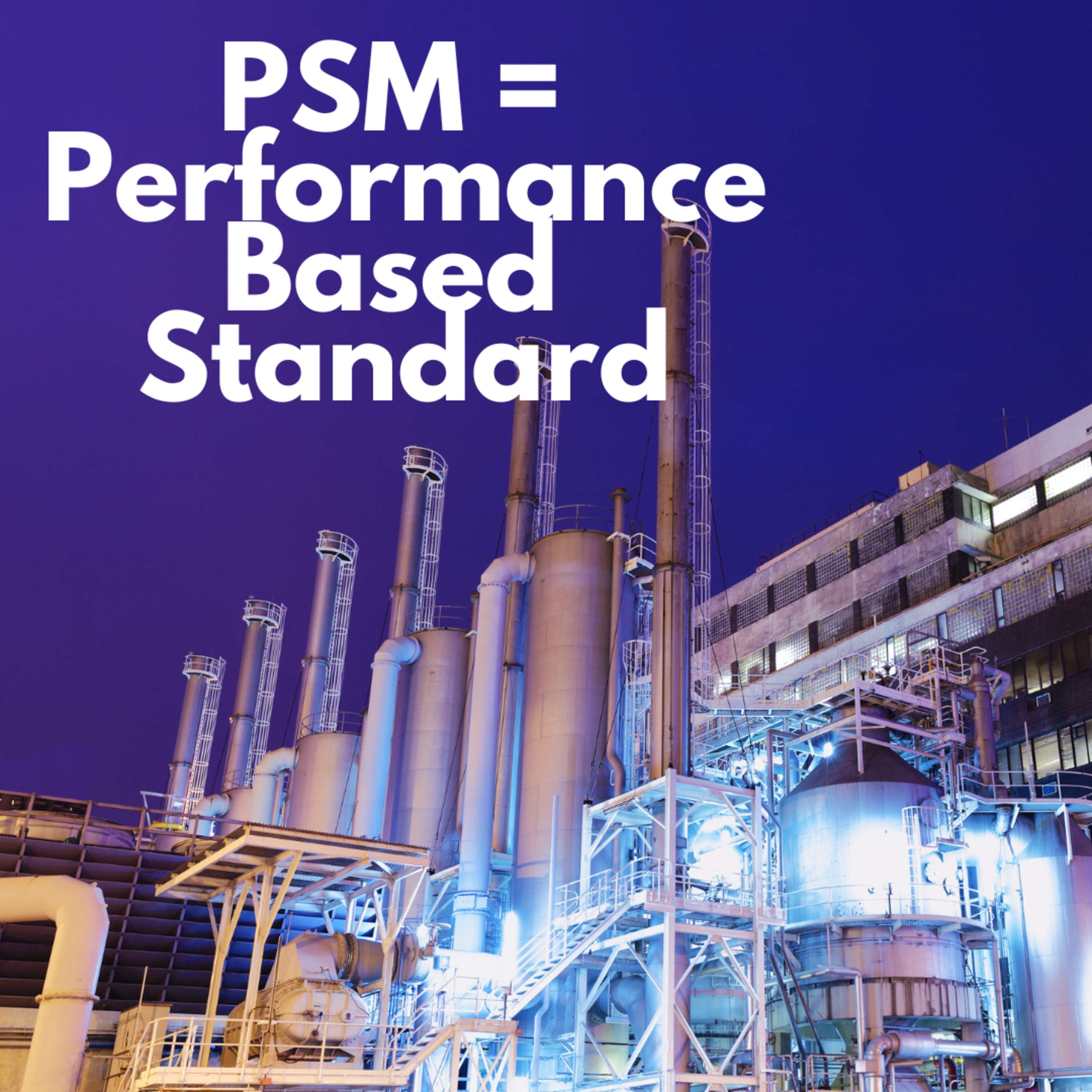 Energy Risk EngineeringPSM was the OG Performance Based Standard
The provided text excerpt outlines OSHA's Process Safety Management (PSM) standard, a performance-based approach to workplace safety. This standard emphasizes achieving specific safety outcomes, allowing companies to develop customized safety strategies tailored to their unique operations. Instead of dictating exact methods, PSM focuses on key performance indicators, including process hazard analysis, employee participation, training and competency, mechanical integrity, and management of change. By emphasizing adaptability, innovation, continuous improvement, and resource optimization, PSM aims to create a proactive safety culture and reduce workplace risks.
2024-11-2125 min
Energy Risk EngineeringPSM was the OG Performance Based Standard
The provided text excerpt outlines OSHA's Process Safety Management (PSM) standard, a performance-based approach to workplace safety. This standard emphasizes achieving specific safety outcomes, allowing companies to develop customized safety strategies tailored to their unique operations. Instead of dictating exact methods, PSM focuses on key performance indicators, including process hazard analysis, employee participation, training and competency, mechanical integrity, and management of change. By emphasizing adaptability, innovation, continuous improvement, and resource optimization, PSM aims to create a proactive safety culture and reduce workplace risks.
2024-11-2125 min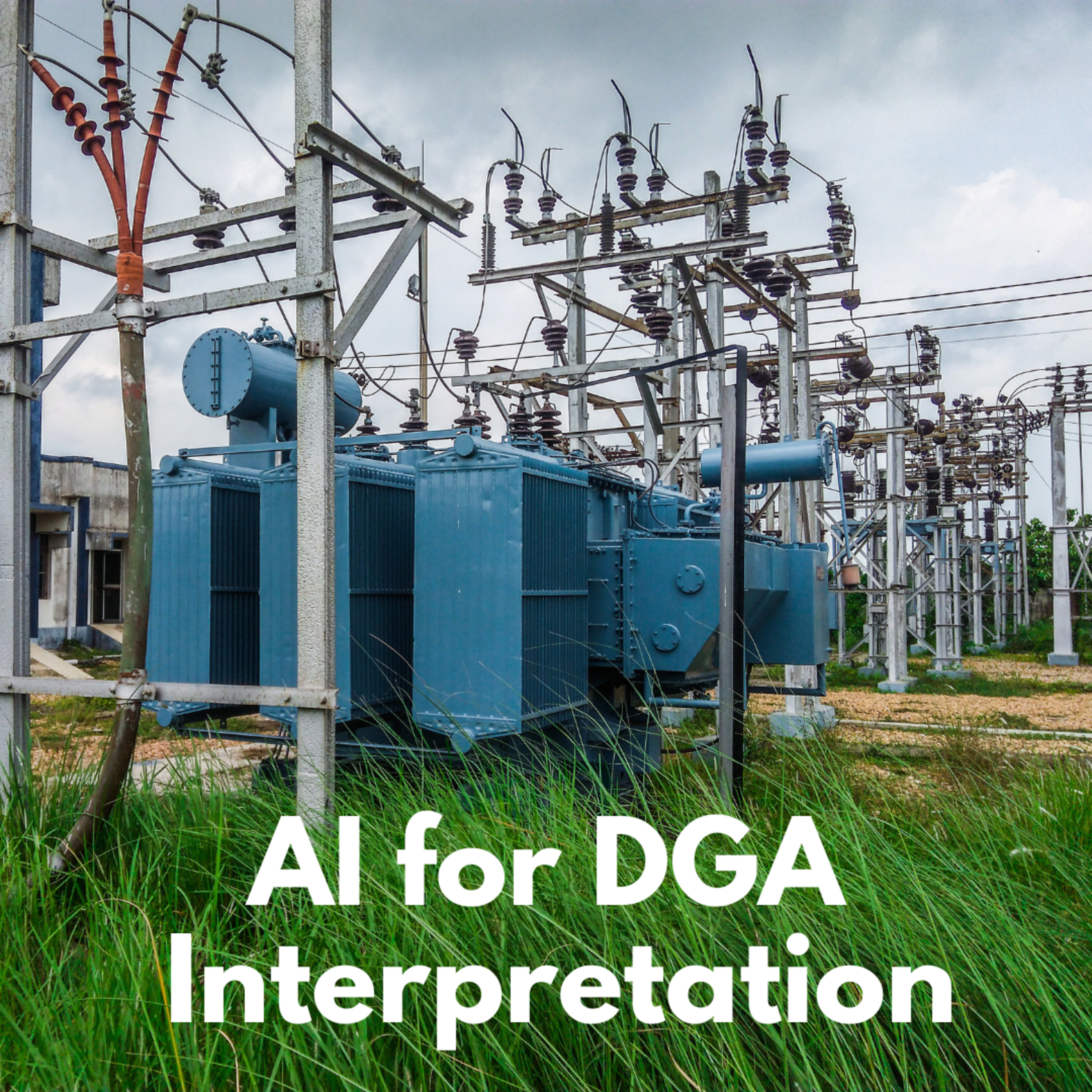 Energy Risk EngineeringUsing AI to Interpret Dissolved Gas Analysis Reports
The provided text discusses the application of Artificial Intelligence (AI) to Dissolved Gas Analysis (DGA) for interpreting the health of power transformers. DGA, which involves analyzing gases dissolved in transformer oil, is traditionally interpreted by human experts using established standards. However, AI, particularly machine learning, can significantly enhance the accuracy and efficiency of DGA interpretation by processing large datasets, identifying patterns, and providing actionable insights. The text highlights the challenges of traditional DGA interpretation, including the complexity of gas relationships, variability in standards, and the volume of data. It then explores how AI can address these challenges by providing...2024-11-1922 min
Energy Risk EngineeringUsing AI to Interpret Dissolved Gas Analysis Reports
The provided text discusses the application of Artificial Intelligence (AI) to Dissolved Gas Analysis (DGA) for interpreting the health of power transformers. DGA, which involves analyzing gases dissolved in transformer oil, is traditionally interpreted by human experts using established standards. However, AI, particularly machine learning, can significantly enhance the accuracy and efficiency of DGA interpretation by processing large datasets, identifying patterns, and providing actionable insights. The text highlights the challenges of traditional DGA interpretation, including the complexity of gas relationships, variability in standards, and the volume of data. It then explores how AI can address these challenges by providing...2024-11-1922 min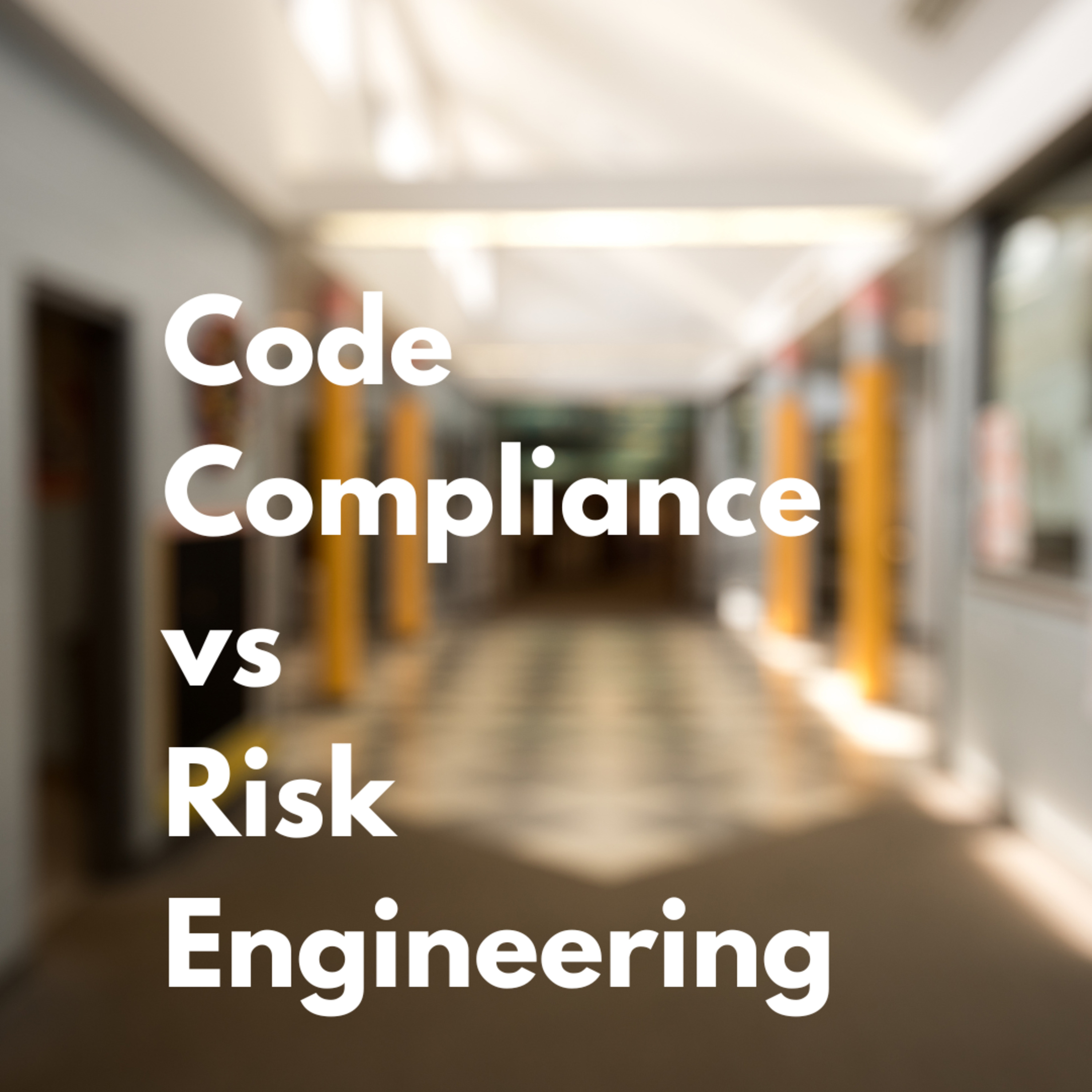 Energy Risk EngineeringBeyond Code Compliance
The source, an article titled "Beyond Code Compliance: The Evolution of Risk Engineering," argues that focusing solely on code compliance in industrial risk management is inadequate and can even increase risks. The author, a Director of Energy Risk Engineering, highlights the difference between a code-centric approach used by engineers serving smaller companies and a more sophisticated risk management perspective adopted by those serving larger industrial clients, particularly in the energy sector. The article asserts that true risk engineering involves considering operational realities, balancing safety and business objectives, and sometimes even deviating from codes when necessary to achieve optimal risk...2024-11-1808 min
Energy Risk EngineeringBeyond Code Compliance
The source, an article titled "Beyond Code Compliance: The Evolution of Risk Engineering," argues that focusing solely on code compliance in industrial risk management is inadequate and can even increase risks. The author, a Director of Energy Risk Engineering, highlights the difference between a code-centric approach used by engineers serving smaller companies and a more sophisticated risk management perspective adopted by those serving larger industrial clients, particularly in the energy sector. The article asserts that true risk engineering involves considering operational realities, balancing safety and business objectives, and sometimes even deviating from codes when necessary to achieve optimal risk...2024-11-1808 min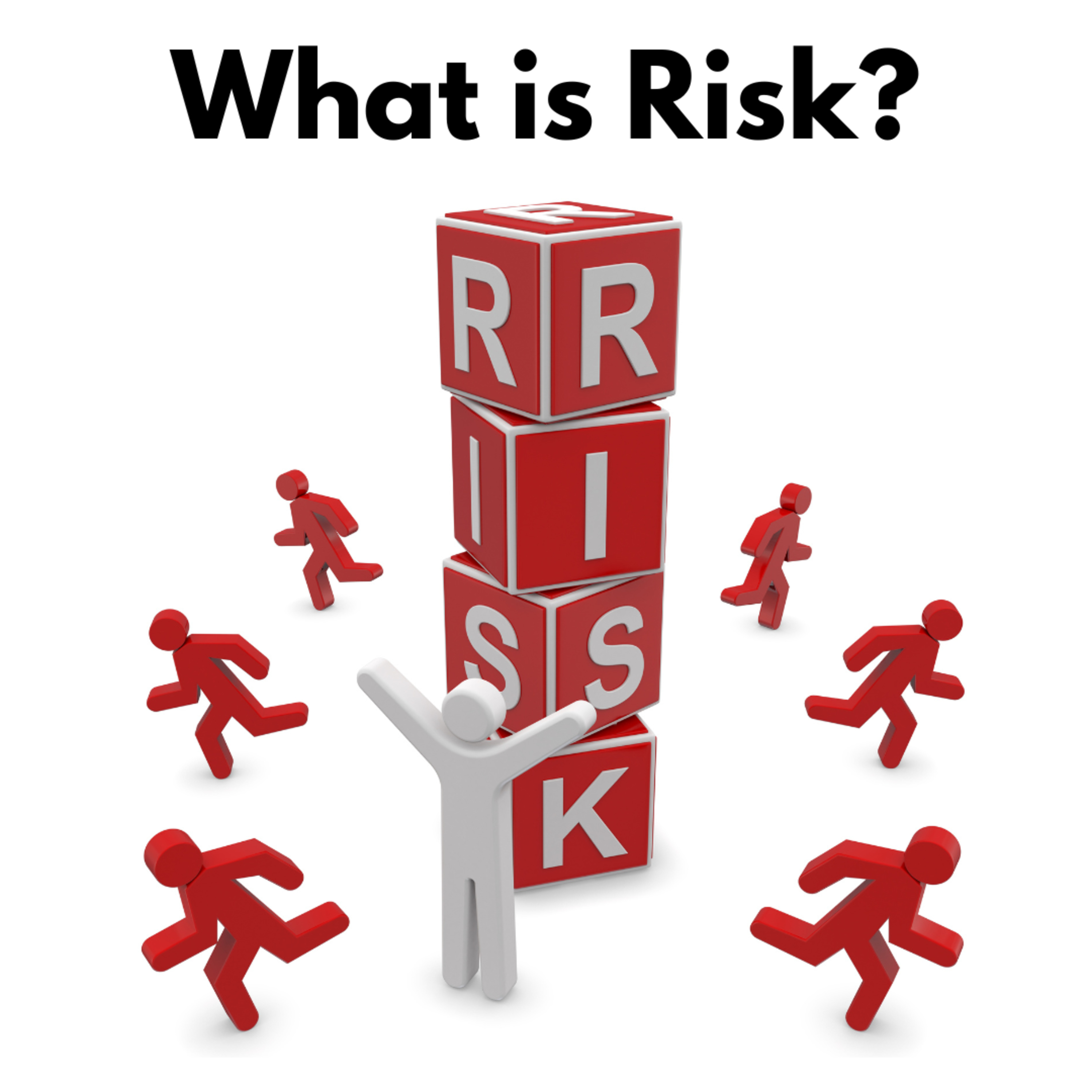 Energy Risk EngineeringWhat is Risk?
The subjective nature of risk and how individuals perceive it differently based on factors like control, experience, and personal circumstances. The video emphasizes that risk is not simply objective and quantifiable but is influenced by personal biases, societal influences, and the media's portrayal of risk. It uses numerous examples to illustrate this point, such as the fear of flying versus driving, the perception of certain chemicals and industries, and the impact of accident history. The video then introduces the concept of risk management, exploring the role of insurance and engineering in mitigating risk and ultimately emphasizing the importance of...2024-11-1525 min
Energy Risk EngineeringWhat is Risk?
The subjective nature of risk and how individuals perceive it differently based on factors like control, experience, and personal circumstances. The video emphasizes that risk is not simply objective and quantifiable but is influenced by personal biases, societal influences, and the media's portrayal of risk. It uses numerous examples to illustrate this point, such as the fear of flying versus driving, the perception of certain chemicals and industries, and the impact of accident history. The video then introduces the concept of risk management, exploring the role of insurance and engineering in mitigating risk and ultimately emphasizing the importance of...2024-11-1525 min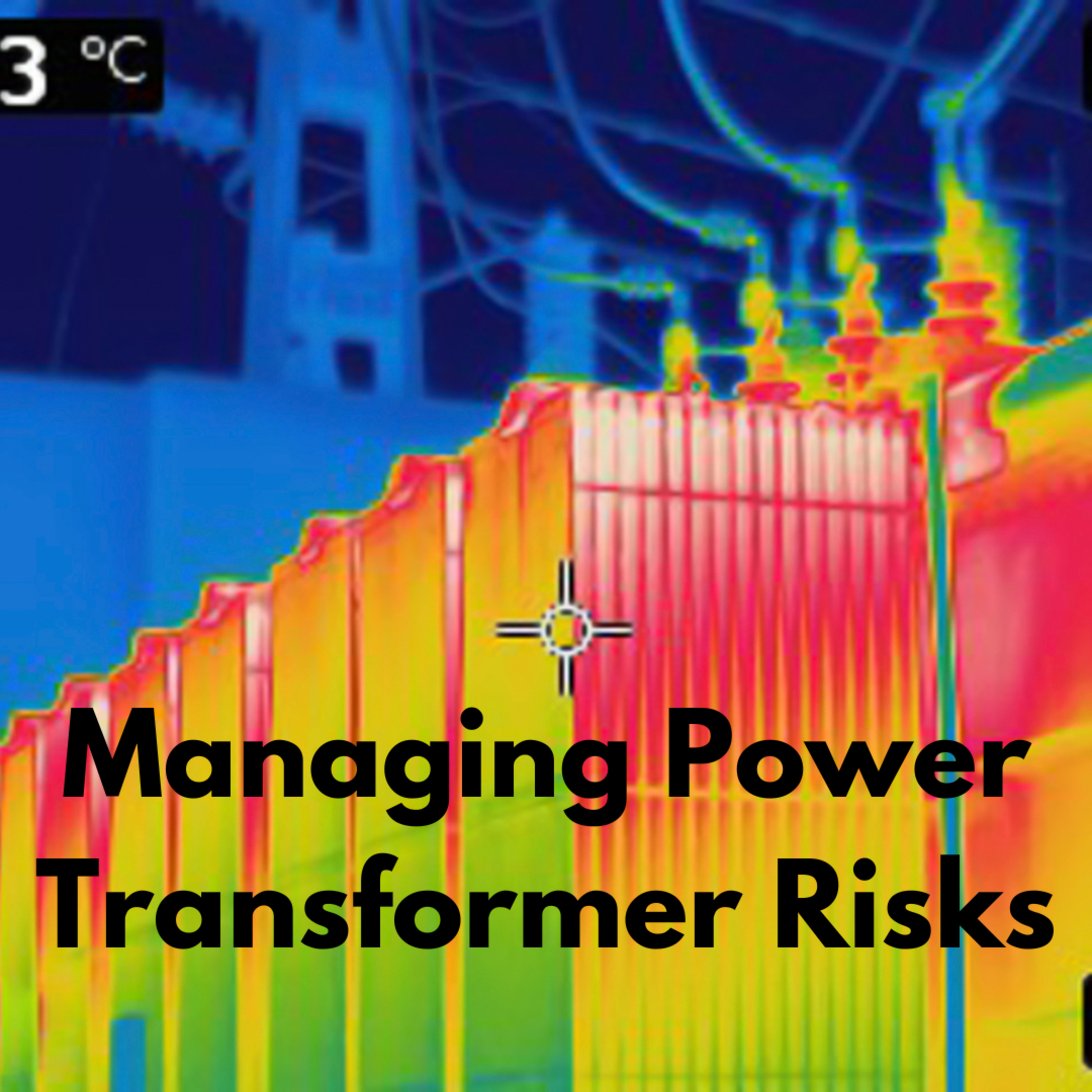 Energy Risk EngineeringTransformer Risk Management
Focuses specifically on power transformers, emphasizing the risks associated with their failures and the importance of preventative maintenance, including dissolved gas analysis (DGA) and online monitoring. It also discusses the effectiveness of deluge systems in protecting surrounding equipment during transformer fires and the importance of having spare transformers available to minimize downtime.
2024-11-1519 min
Energy Risk EngineeringTransformer Risk Management
Focuses specifically on power transformers, emphasizing the risks associated with their failures and the importance of preventative maintenance, including dissolved gas analysis (DGA) and online monitoring. It also discusses the effectiveness of deluge systems in protecting surrounding equipment during transformer fires and the importance of having spare transformers available to minimize downtime.
2024-11-1519 min Energy Risk EngineeringDeadlegs in Chemical Processing Plants
This document from a refinery and chemical processing plant details the risks associated with deadlegs, sections of piping where fluids become stagnant. The document explains how deadlegs can pose health, environmental, operational, and fire/explosion hazards, as stagnant fluids can accumulate hazardous materials, corrode the piping, and even react to form dangerous substances. The text outlines risk mitigation measures to prevent accidents, such as minimizing deadlegs during design, implementing regular inspections and cleaning, installing monitoring systems, and providing employee training and emergency preparedness.
2024-11-1313 min
Energy Risk EngineeringDeadlegs in Chemical Processing Plants
This document from a refinery and chemical processing plant details the risks associated with deadlegs, sections of piping where fluids become stagnant. The document explains how deadlegs can pose health, environmental, operational, and fire/explosion hazards, as stagnant fluids can accumulate hazardous materials, corrode the piping, and even react to form dangerous substances. The text outlines risk mitigation measures to prevent accidents, such as minimizing deadlegs during design, implementing regular inspections and cleaning, installing monitoring systems, and providing employee training and emergency preparedness.
2024-11-1313 min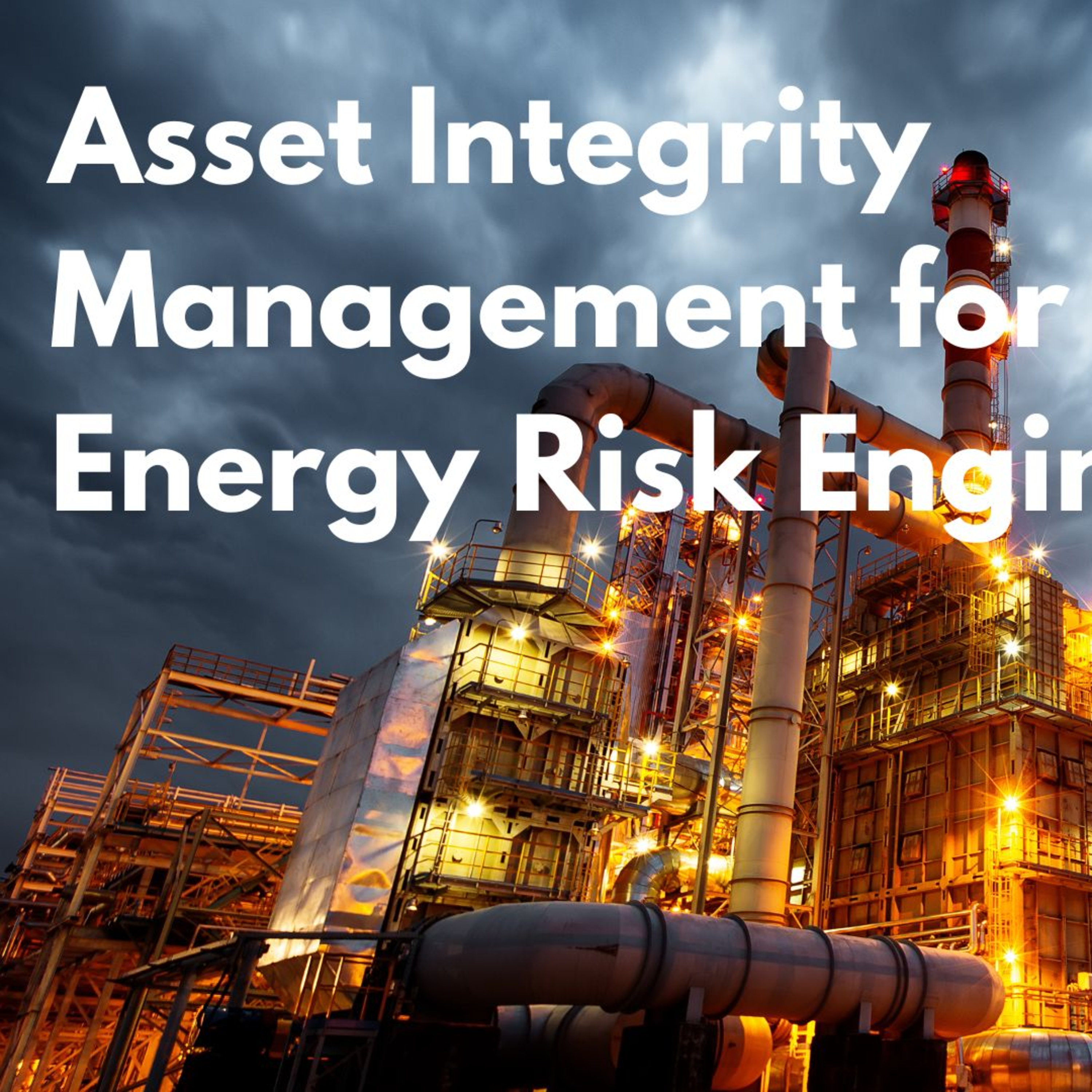 Energy Risk EngineeringAsset Integrity Management for Risk Engineers
This document provides a comprehensive asset integrity management program for transmission transformers in a large metropolitan area. The program emphasizes the importance of regular maintenance, thorough documentation of operating history, and advanced diagnostics. It also stresses the need to closely monitor transformer loading profiles, especially given the increasing prevalence of renewable energy integration. Finally, the document recommends proactive equipment replacement planning with lead times of 24-36 months to avoid emergency situations and ensure the reliable operation of the transformer fleet.
2024-11-0740 min
Energy Risk EngineeringAsset Integrity Management for Risk Engineers
This document provides a comprehensive asset integrity management program for transmission transformers in a large metropolitan area. The program emphasizes the importance of regular maintenance, thorough documentation of operating history, and advanced diagnostics. It also stresses the need to closely monitor transformer loading profiles, especially given the increasing prevalence of renewable energy integration. Finally, the document recommends proactive equipment replacement planning with lead times of 24-36 months to avoid emergency situations and ensure the reliable operation of the transformer fleet.
2024-11-0740 min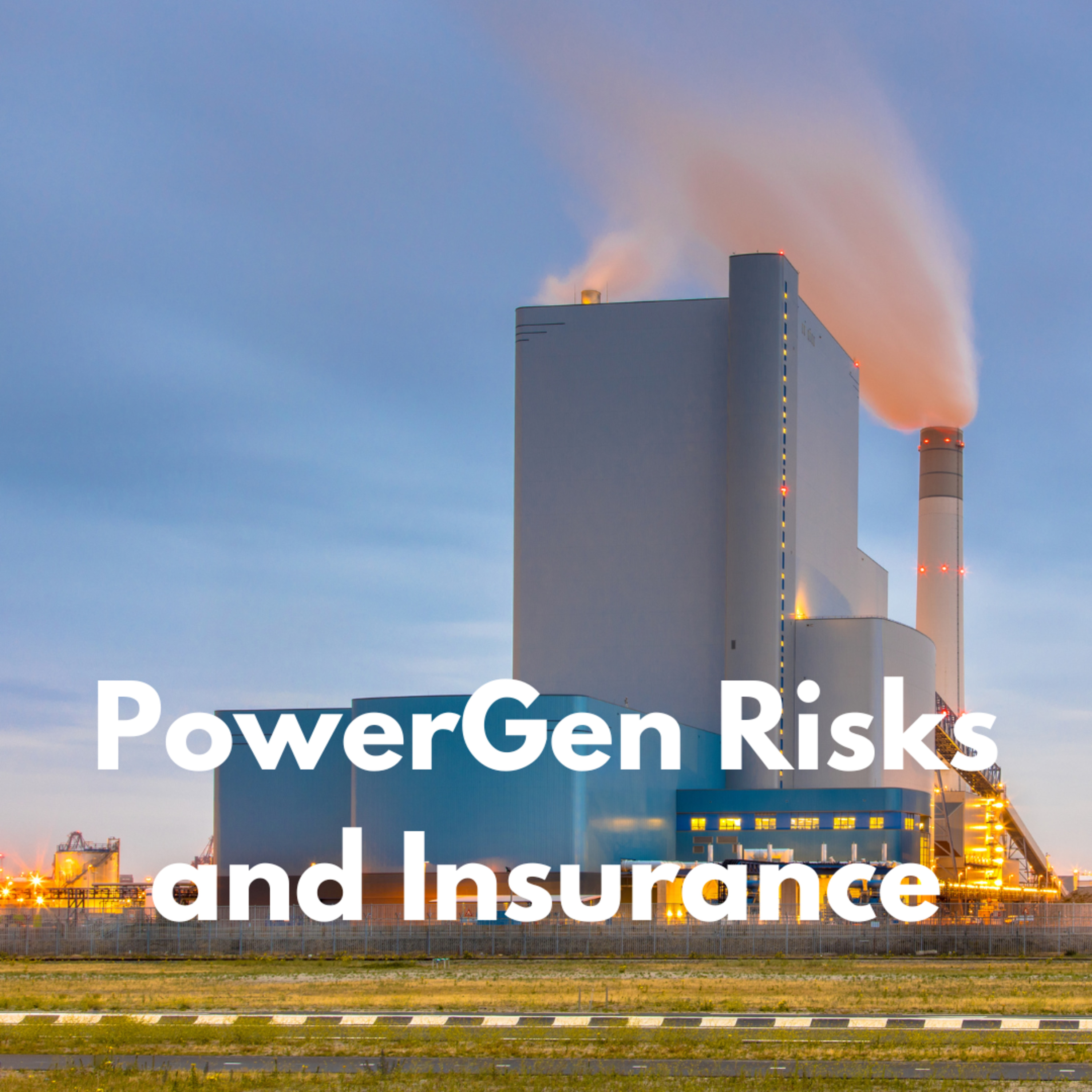 Energy Risk EngineeringPower Generation Risk and Insurance
This excerpt focuses on the risks and insurance considerations for power generation facilities. It covers various aspects of power generation, including the types of energy conversion, components of combustion turbines, and common risks related to air inlets, compressors, combustors, turbines, generators, and transformers. The presentation also explores insurance coverage options, including stock, mutual, and manuscript policy forms, and highlights the importance of understanding policy wording to ensure appropriate coverage in case of claims. Finally, it presents real-world examples of claims, illustrating the diverse range of potential risks faced by power generation facilities.
2024-11-0427 min
Energy Risk EngineeringPower Generation Risk and Insurance
This excerpt focuses on the risks and insurance considerations for power generation facilities. It covers various aspects of power generation, including the types of energy conversion, components of combustion turbines, and common risks related to air inlets, compressors, combustors, turbines, generators, and transformers. The presentation also explores insurance coverage options, including stock, mutual, and manuscript policy forms, and highlights the importance of understanding policy wording to ensure appropriate coverage in case of claims. Finally, it presents real-world examples of claims, illustrating the diverse range of potential risks faced by power generation facilities.
2024-11-0427 min Energy Risk EngineeringHow Risk Engineers can use Artificial Intelligence
Using AI in risk engineering. John demonstrates how AI applications, such as ChatGPT and Notebook LM, can be used to analyze various data, such as process flow diagrams, insurance policies, and engineering reports, to identify potential risks and provide solutions. He also explains how AI can be used to create podcasts from research materials, reports, and even spreadsheets, making information more accessible. He encourages viewers to join the community by engaging with his video and sharing their own experiences with AI applications.
2024-11-0419 min
Energy Risk EngineeringHow Risk Engineers can use Artificial Intelligence
Using AI in risk engineering. John demonstrates how AI applications, such as ChatGPT and Notebook LM, can be used to analyze various data, such as process flow diagrams, insurance policies, and engineering reports, to identify potential risks and provide solutions. He also explains how AI can be used to create podcasts from research materials, reports, and even spreadsheets, making information more accessible. He encourages viewers to join the community by engaging with his video and sharing their own experiences with AI applications.
2024-11-0419 min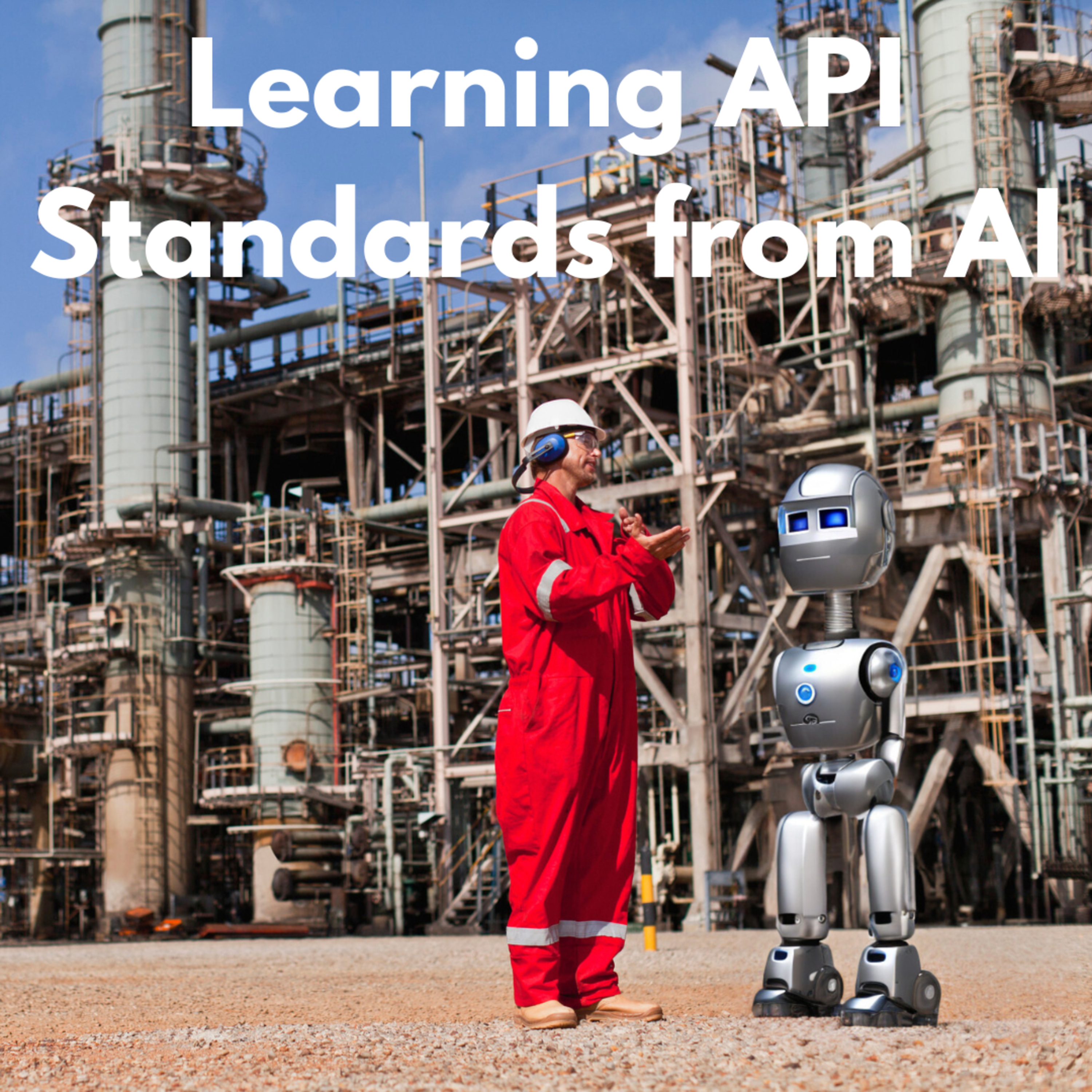 Energy Risk EngineeringLearning API from AI
The provided text discusses API standards relevant to the refinery industry. The source focuses on damage mechanisms in equipment, process safety management, fire protection, and natural hazards. The text highlights the importance of following API standards to ensure the safety, reliability, and efficiency of refinery operations.
2024-11-0215 min
Energy Risk EngineeringLearning API from AI
The provided text discusses API standards relevant to the refinery industry. The source focuses on damage mechanisms in equipment, process safety management, fire protection, and natural hazards. The text highlights the importance of following API standards to ensure the safety, reliability, and efficiency of refinery operations.
2024-11-0215 min Energy Risk EngineeringPSM Failure at a Gas Processing Plant
The YouTube video, "PSM Failure at a Cryogenic Gas Processing Plant," features a speaker who recounts a major explosion and fire that occurred at a West Virginia gas processing facility. He outlines several red flags that were missed by the plant management, including a lack of comprehensive PSM training, poorly-written procedures, and inadequate audits. The speaker also discusses the importance of following audit recommendations and how conflict of interest can arise when safety and quality assurance departments report directly to plant operations. Finally, he describes how the company rebuilt the facility after the incident and implemented a more robust PSM pr...2024-11-0215 min
Energy Risk EngineeringPSM Failure at a Gas Processing Plant
The YouTube video, "PSM Failure at a Cryogenic Gas Processing Plant," features a speaker who recounts a major explosion and fire that occurred at a West Virginia gas processing facility. He outlines several red flags that were missed by the plant management, including a lack of comprehensive PSM training, poorly-written procedures, and inadequate audits. The speaker also discusses the importance of following audit recommendations and how conflict of interest can arise when safety and quality assurance departments report directly to plant operations. Finally, he describes how the company rebuilt the facility after the incident and implemented a more robust PSM pr...2024-11-0215 min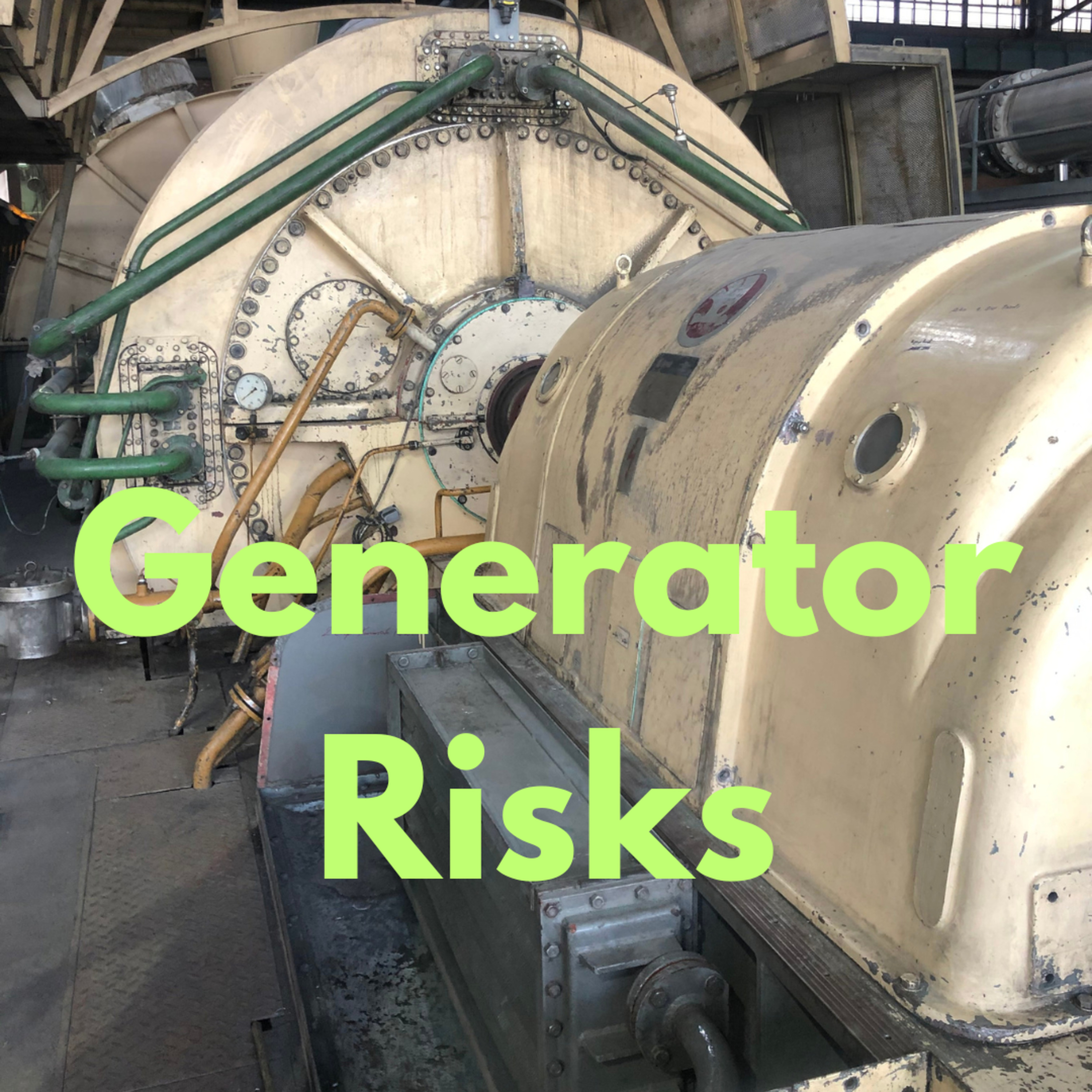 Energy Risk EngineeringGenerator Risks Understood
This video from the YouTube channel "Energy Risk Engineering Lessons" focuses on the risks associated with power generators, specifically large industrial generators used in refineries and petrochemical facilities. The video discusses various failure mechanisms that can occur in these generators, including shorted end turns, mechanical fatigue, corrosion, and electrical faults. It then outlines a comprehensive risk management approach that includes prioritizing assets, establishing inspection and testing protocols, conducting condition monitoring, and scheduling regular maintenance. The video emphasizes the importance of documentation and recordkeeping to track maintenance history and identify potential issues.
2024-11-0214 min
Energy Risk EngineeringGenerator Risks Understood
This video from the YouTube channel "Energy Risk Engineering Lessons" focuses on the risks associated with power generators, specifically large industrial generators used in refineries and petrochemical facilities. The video discusses various failure mechanisms that can occur in these generators, including shorted end turns, mechanical fatigue, corrosion, and electrical faults. It then outlines a comprehensive risk management approach that includes prioritizing assets, establishing inspection and testing protocols, conducting condition monitoring, and scheduling regular maintenance. The video emphasizes the importance of documentation and recordkeeping to track maintenance history and identify potential issues.
2024-11-0214 min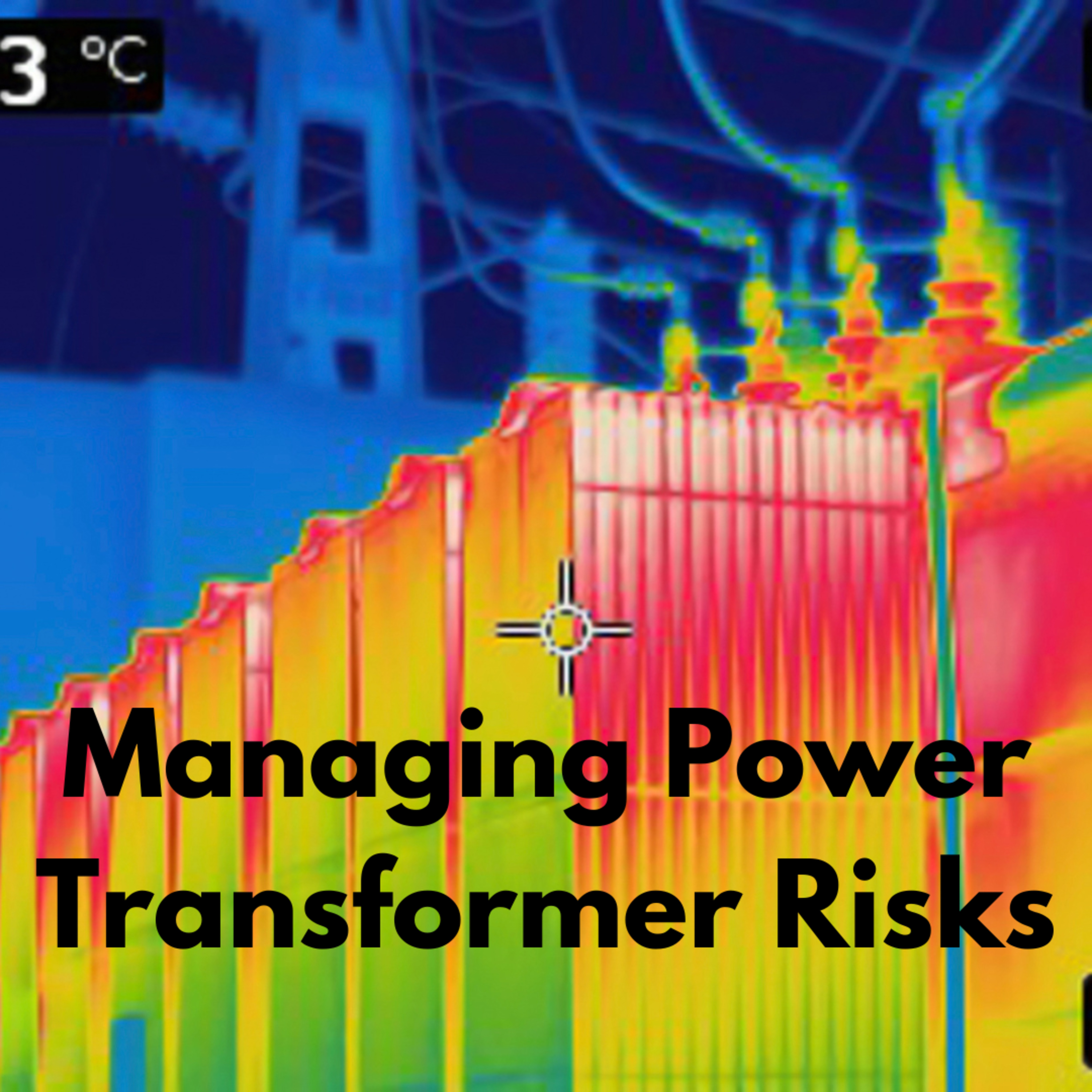 Energy Risk EngineeringManaging Transformer Risks
The provided text comes from a YouTube video on power transformer risk engineering. It discusses the importance of power transformers, the risks associated with them, and how to manage those risks. He highlights that power transformers are critical to the energy industry, but they also pose a significant hazard due to their size, complexity, and potential for failure. The video then explores various methods of mitigating risk, including online gas monitoring, partial discharge analysis, and oil condition analysis, as well as firewalls and deluge systems. The video concludes by emphasizing the importance of preventative maintenance, regular inspections, and the...2024-11-0216 min
Energy Risk EngineeringManaging Transformer Risks
The provided text comes from a YouTube video on power transformer risk engineering. It discusses the importance of power transformers, the risks associated with them, and how to manage those risks. He highlights that power transformers are critical to the energy industry, but they also pose a significant hazard due to their size, complexity, and potential for failure. The video then explores various methods of mitigating risk, including online gas monitoring, partial discharge analysis, and oil condition analysis, as well as firewalls and deluge systems. The video concludes by emphasizing the importance of preventative maintenance, regular inspections, and the...2024-11-0216 min Energy Risk EngineeringStoring Power Transformers
This excerpt provides comprehensive guidance on the safety and security considerations for housing a large power transformer, exceeding basic building codes. It covers various aspects, including building location, fire protection, security features, environmental controls, structural considerations, additional safety features, maintenance access, and documentation requirements. The guidelines emphasize crucial factors such as elevated positioning, fire-resistant construction, intrusion detection systems, temperature control, enhanced seismic design, and emergency response planning to ensure a safe and reliable operation of the power transformer.
2024-10-3007 min
Energy Risk EngineeringStoring Power Transformers
This excerpt provides comprehensive guidance on the safety and security considerations for housing a large power transformer, exceeding basic building codes. It covers various aspects, including building location, fire protection, security features, environmental controls, structural considerations, additional safety features, maintenance access, and documentation requirements. The guidelines emphasize crucial factors such as elevated positioning, fire-resistant construction, intrusion detection systems, temperature control, enhanced seismic design, and emergency response planning to ensure a safe and reliable operation of the power transformer.
2024-10-3007 min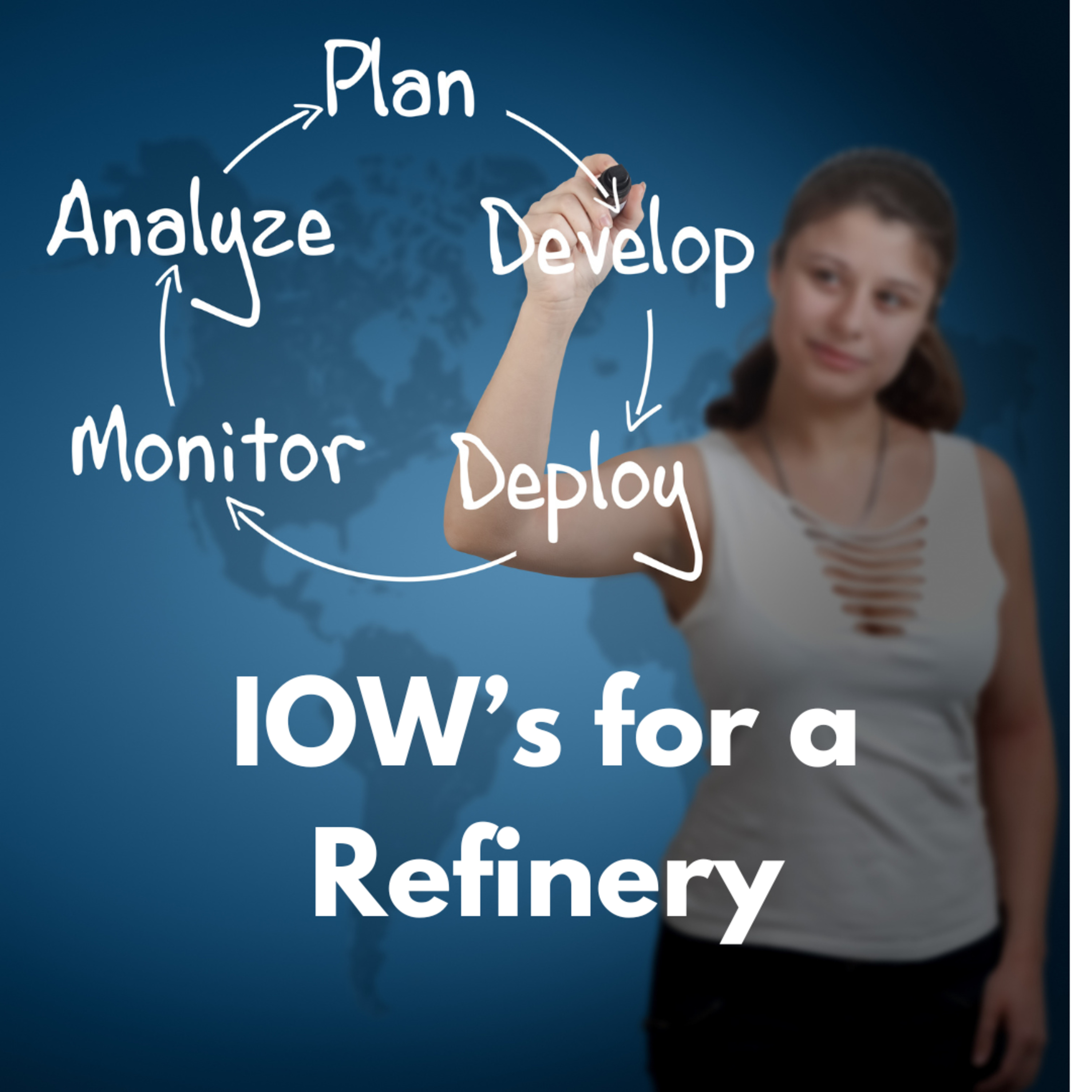 Energy Risk EngineeringIntegrity Operating Windows 101
This document outlines a comprehensive program for implementing an Integrity Operating Window (IOW) at a refinery, focusing on ensuring safe and reliable operations. The IOW program involves establishing operating limits for critical parameters, monitoring these parameters, and developing procedures for responding to exceedances. The program is divided into four phases: Foundation, Development & Pilot, Full Implementation, and Optimization & Sustainability. Each phase includes specific actions, such as identifying critical equipment, defining operating limits, establishing notification levels, developing data collection systems, and providing training for operators and engineers. The document also highlights considerations for Southern climates, emphasizing temperature management and corrosion monitoring...2024-10-2816 min
Energy Risk EngineeringIntegrity Operating Windows 101
This document outlines a comprehensive program for implementing an Integrity Operating Window (IOW) at a refinery, focusing on ensuring safe and reliable operations. The IOW program involves establishing operating limits for critical parameters, monitoring these parameters, and developing procedures for responding to exceedances. The program is divided into four phases: Foundation, Development & Pilot, Full Implementation, and Optimization & Sustainability. Each phase includes specific actions, such as identifying critical equipment, defining operating limits, establishing notification levels, developing data collection systems, and providing training for operators and engineers. The document also highlights considerations for Southern climates, emphasizing temperature management and corrosion monitoring...2024-10-2816 min Energy Risk EngineeringProcess Heater Maintenance and Refurbishment
This document provides a comprehensive guide for implementing a process heater maintenance and refurbishment program at a southern refinery. It outlines detailed schedules for preventive maintenance, condition monitoring, annual turnarounds, and climate-specific considerations. The guide also emphasizes documentation, quality control, training requirements, safety considerations, and environmental compliance measures crucial for ensuring the safe and efficient operation of process heaters.
2024-10-2821 min
Energy Risk EngineeringProcess Heater Maintenance and Refurbishment
This document provides a comprehensive guide for implementing a process heater maintenance and refurbishment program at a southern refinery. It outlines detailed schedules for preventive maintenance, condition monitoring, annual turnarounds, and climate-specific considerations. The guide also emphasizes documentation, quality control, training requirements, safety considerations, and environmental compliance measures crucial for ensuring the safe and efficient operation of process heaters.
2024-10-2821 min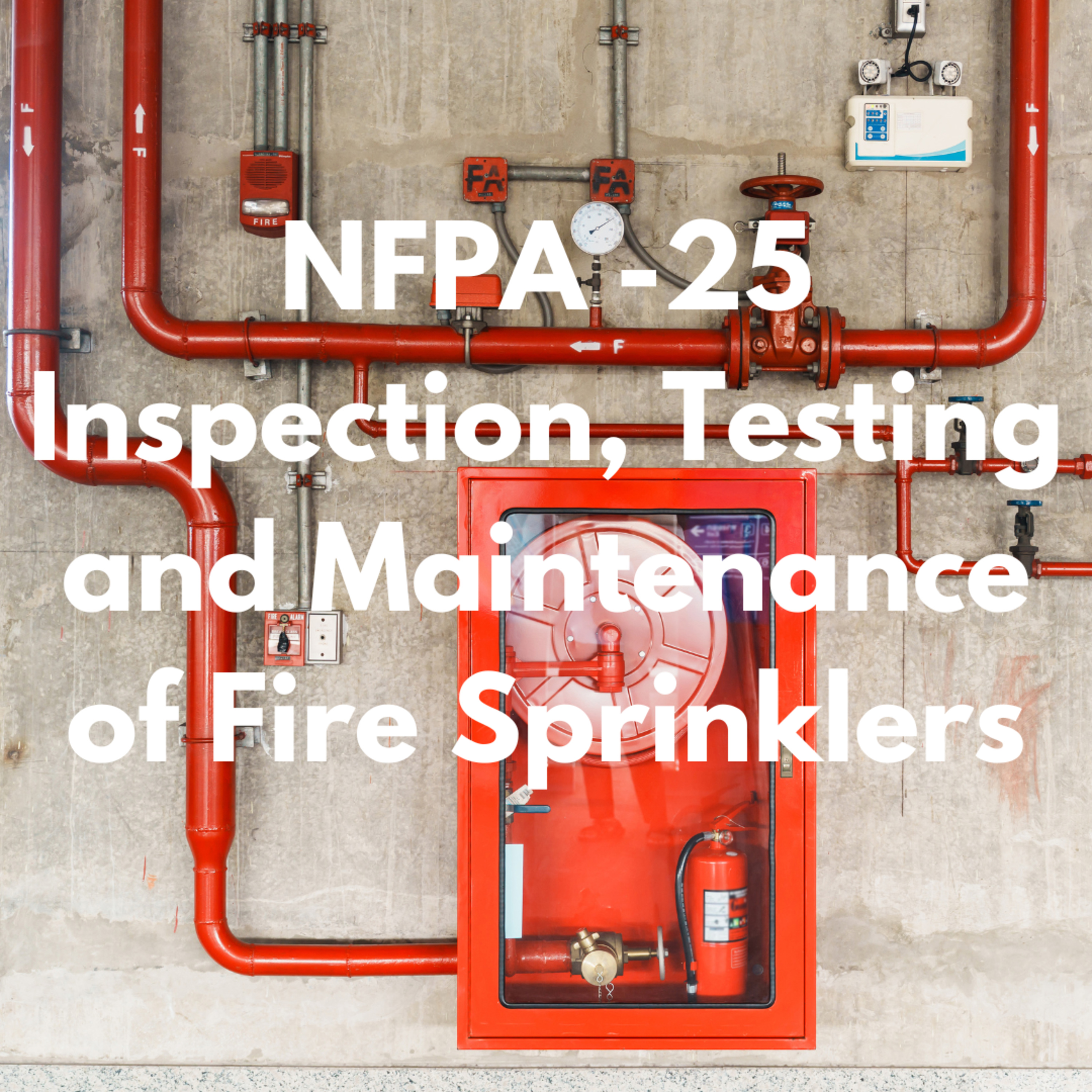 Energy Risk EngineeringNFPA-25 Inspection, Testing and Maintenance of Fire Protection Systems
NFPA 25 is a standard that sets minimum requirements for the periodic inspection, testing, and maintenance of water-based fire protection systems. The standard covers a wide range of systems, including sprinkler systems, standpipe and hose systems, fire pumps, water storage tanks, water spray fixed systems, foam-water sprinkler systems, and water mist systems. NFPA 25 also addresses how to evaluate and address changes that occur to a building, its use, or water supply that could potentially impact the performance of water-based fire protection systems. The standard includes definitions of key terms, inspection and testing procedures, and requirements for corrective action when deficiencies o...2024-10-2820 min
Energy Risk EngineeringNFPA-25 Inspection, Testing and Maintenance of Fire Protection Systems
NFPA 25 is a standard that sets minimum requirements for the periodic inspection, testing, and maintenance of water-based fire protection systems. The standard covers a wide range of systems, including sprinkler systems, standpipe and hose systems, fire pumps, water storage tanks, water spray fixed systems, foam-water sprinkler systems, and water mist systems. NFPA 25 also addresses how to evaluate and address changes that occur to a building, its use, or water supply that could potentially impact the performance of water-based fire protection systems. The standard includes definitions of key terms, inspection and testing procedures, and requirements for corrective action when deficiencies o...2024-10-2820 min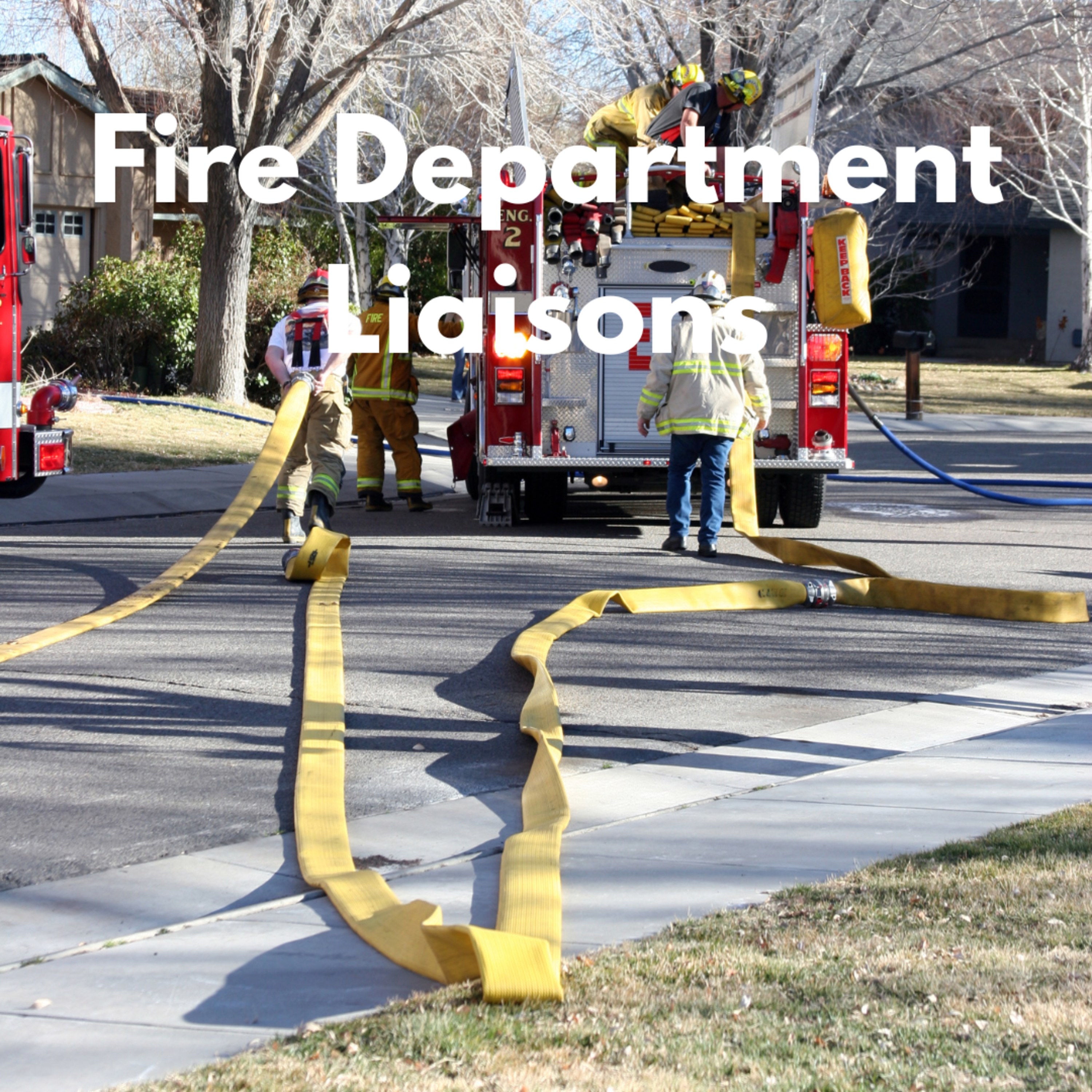 Energy Risk EngineeringFire Department Liaisons in Power and Chemical Plants
The source discusses the benefits of having fire department liaisons in energy facilities. Liaisons, trained in both fire safety and energy facility operations, can help bridge the gap between external responders and the unique challenges present in a petrochemical or power plant environment. The source outlines the qualifications needed for these liaisons, including comprehensive training, familiarity with facility protocols, and the ability to provide accurate information to the firefighters during emergencies. The source also emphasizes that liaisons should serve as supporting and facilitating members, rather than directly engaging in high-risk firefighting tasks.
2024-10-2706 min
Energy Risk EngineeringFire Department Liaisons in Power and Chemical Plants
The source discusses the benefits of having fire department liaisons in energy facilities. Liaisons, trained in both fire safety and energy facility operations, can help bridge the gap between external responders and the unique challenges present in a petrochemical or power plant environment. The source outlines the qualifications needed for these liaisons, including comprehensive training, familiarity with facility protocols, and the ability to provide accurate information to the firefighters during emergencies. The source also emphasizes that liaisons should serve as supporting and facilitating members, rather than directly engaging in high-risk firefighting tasks.
2024-10-2706 min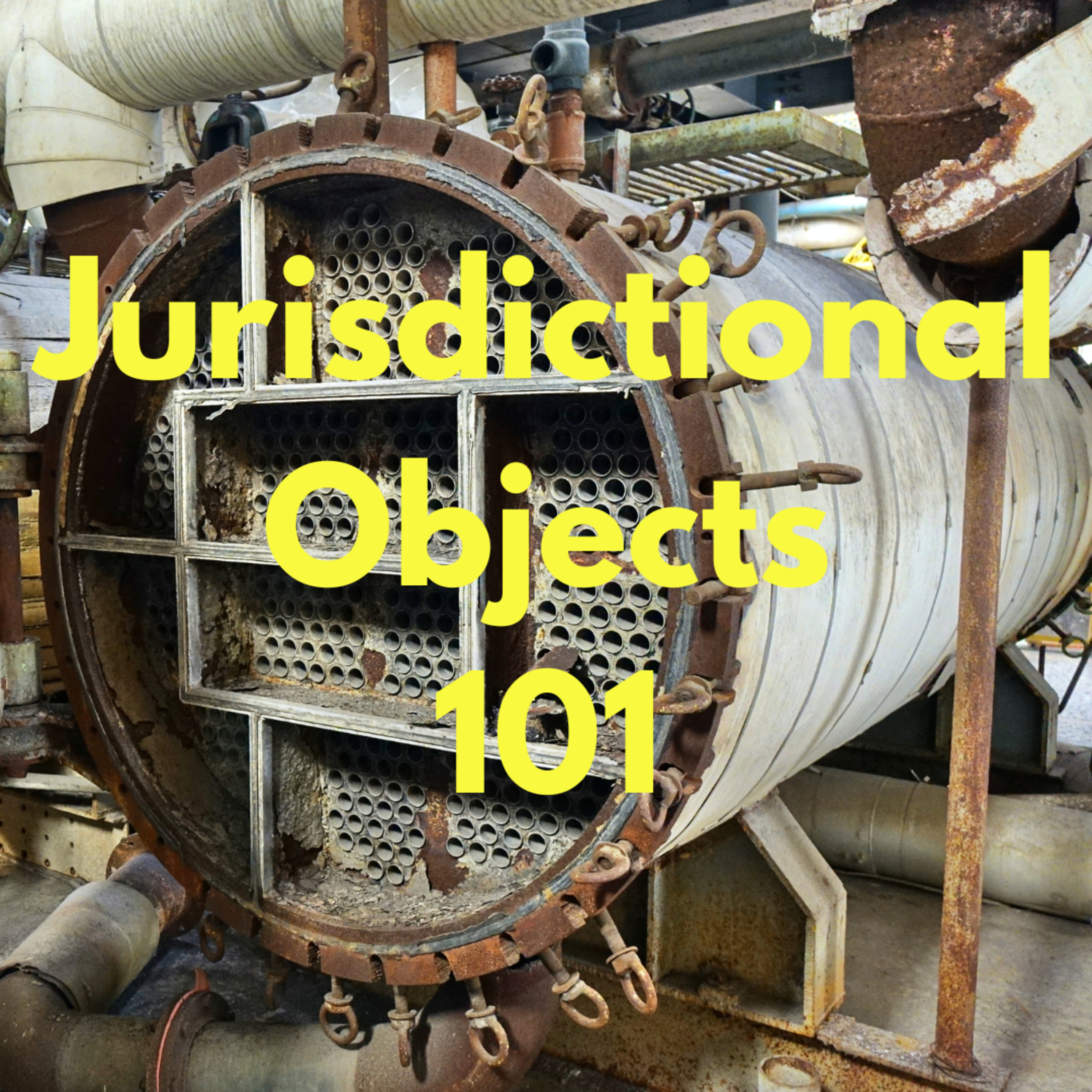 Energy Risk EngineeringJurisdictional Objects 101
This video from the YouTube channel "Energy Risk Engineering Lessons" provides a comprehensive guide to jurisdictional objects, which are regulated equipment like boilers and pressure vessels that require inspections to ensure safety. The video explores the history of jurisdictional inspections, which stemmed from accidents in schools and churches, and then outlines the current inspection process, including visual, internal, operational, and documentation reviews. The video also discusses the evolving relationship between insurance companies and jurisdictional objects, where insurance companies have moved from offering these inspections as a service to authorizing independent inspection agencies. The video concludes with a detailed breakdown...2024-10-2710 min
Energy Risk EngineeringJurisdictional Objects 101
This video from the YouTube channel "Energy Risk Engineering Lessons" provides a comprehensive guide to jurisdictional objects, which are regulated equipment like boilers and pressure vessels that require inspections to ensure safety. The video explores the history of jurisdictional inspections, which stemmed from accidents in schools and churches, and then outlines the current inspection process, including visual, internal, operational, and documentation reviews. The video also discusses the evolving relationship between insurance companies and jurisdictional objects, where insurance companies have moved from offering these inspections as a service to authorizing independent inspection agencies. The video concludes with a detailed breakdown...2024-10-2710 min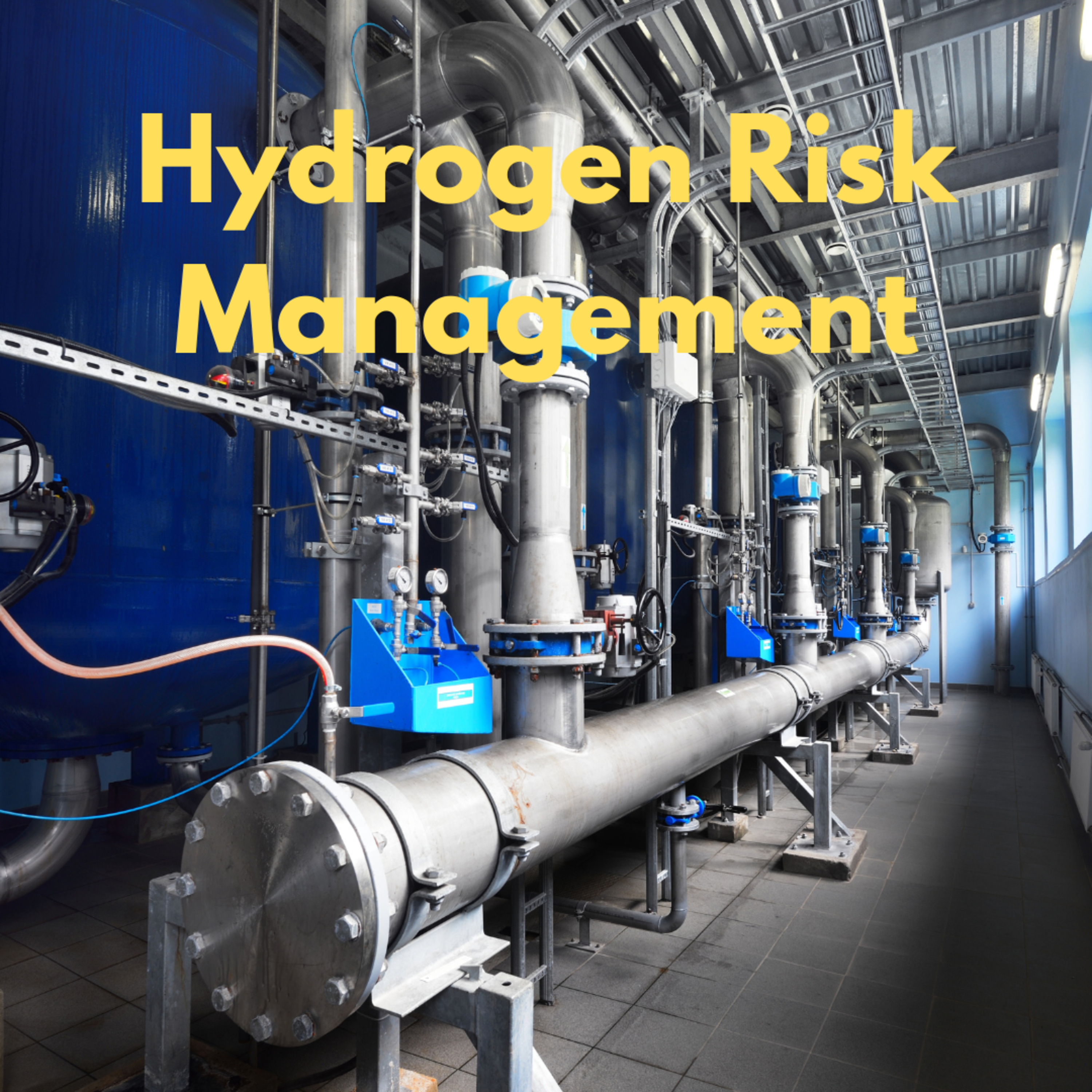 Energy Risk EngineeringHydrogen Manufacturing Risk Management
From the video from the YouTube channel "Energy Risk Engineering Lessons" discusses the dangers of hydrogen manufacturing and explains how to properly manage the risks associated with it. The video focuses on the NFPA 2 standard and the importance of having a fire department liaison to ensure the safety of workers and equipment. The video also examines common fire scenarios, such as leaks, explosions, and jet fires, and explores how artificial intelligence can be used to learn from past incidents and identify key safety concerns. Finally, the video provides a checklist for risk engineering reports for hydrogen manufacturing facilities, emphasizing the impor...2024-10-2620 min
Energy Risk EngineeringHydrogen Manufacturing Risk Management
From the video from the YouTube channel "Energy Risk Engineering Lessons" discusses the dangers of hydrogen manufacturing and explains how to properly manage the risks associated with it. The video focuses on the NFPA 2 standard and the importance of having a fire department liaison to ensure the safety of workers and equipment. The video also examines common fire scenarios, such as leaks, explosions, and jet fires, and explores how artificial intelligence can be used to learn from past incidents and identify key safety concerns. Finally, the video provides a checklist for risk engineering reports for hydrogen manufacturing facilities, emphasizing the impor...2024-10-2620 min Energy Risk EngineeringWhat Risk Engineers look for in Chemical and Power Plants
This is from a YouTube video from the channel "Energy Risk Engineering Lessons" that focuses on the role of risk engineers in assessing chemical and power plants. The speaker explains the process of identifying hazards, including fire risks, mechanical breakdowns, and environmental exposures, and emphasizes the importance of understanding the consequences of these hazards. He also explores the crucial aspects of maintenance, training, and fire brigade preparedness. The video delves into specific examples of potential hazards, like unconfined vapor clouds, burner front fires, and control room fires, highlighting the need for proactive risk management and the importance of consistent...2024-10-2625 min
Energy Risk EngineeringWhat Risk Engineers look for in Chemical and Power Plants
This is from a YouTube video from the channel "Energy Risk Engineering Lessons" that focuses on the role of risk engineers in assessing chemical and power plants. The speaker explains the process of identifying hazards, including fire risks, mechanical breakdowns, and environmental exposures, and emphasizes the importance of understanding the consequences of these hazards. He also explores the crucial aspects of maintenance, training, and fire brigade preparedness. The video delves into specific examples of potential hazards, like unconfined vapor clouds, burner front fires, and control room fires, highlighting the need for proactive risk management and the importance of consistent...2024-10-2625 min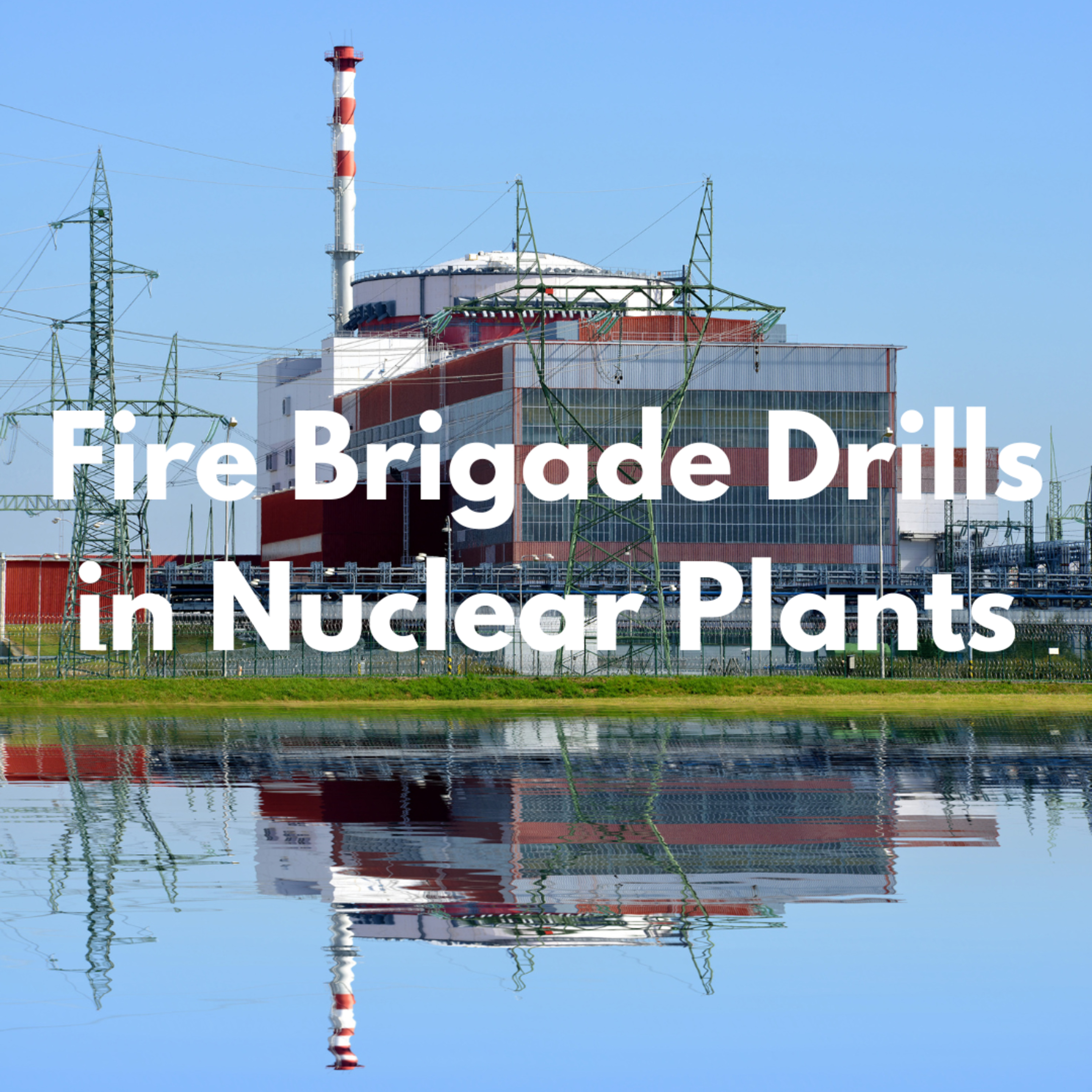 Energy Risk EngineeringFire Brigade Drills in Nuclear Plants
This excerpt from the blog Energy Risk Engineering Insights discusses the importance of conducting fire brigade drills in nuclear power plants. The author, John Munno, outlines the key elements of these drills, focusing on meeting the standards set by Nuclear Electric Insurance Limited (NEIL). The article emphasizes the need for realistic scenarios, effective mobilization and response, thorough emergency procedure evaluation, and a comprehensive post-drill evaluation. Munno encourages ongoing training and continuous improvement efforts to ensure the preparedness of fire brigades in responding to emergencies at nuclear power plants.
2024-10-2611 min
Energy Risk EngineeringFire Brigade Drills in Nuclear Plants
This excerpt from the blog Energy Risk Engineering Insights discusses the importance of conducting fire brigade drills in nuclear power plants. The author, John Munno, outlines the key elements of these drills, focusing on meeting the standards set by Nuclear Electric Insurance Limited (NEIL). The article emphasizes the need for realistic scenarios, effective mobilization and response, thorough emergency procedure evaluation, and a comprehensive post-drill evaluation. Munno encourages ongoing training and continuous improvement efforts to ensure the preparedness of fire brigades in responding to emergencies at nuclear power plants.
2024-10-2611 min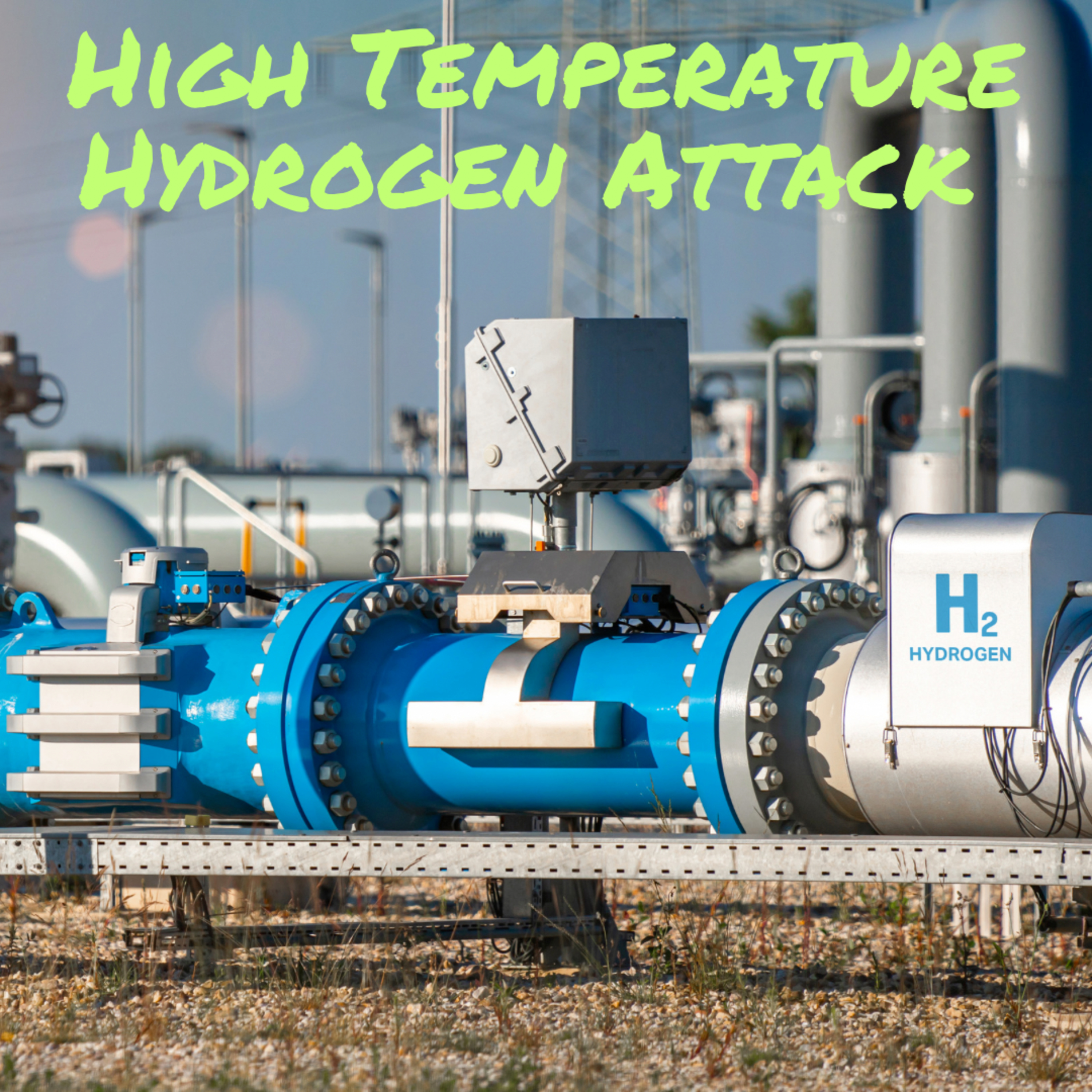 Energy Risk EngineeringHTHA - High Temperature Hydrogen Attack
High Temperature Hydrogen Attack (HTHA) is a degradation mechanism that affects steels exposed to hydrogen at high temperatures and pressures, leading to cracking and failure, particularly in welds and stressed areas. HTHA occurs when hydrogen atoms react with carbon in the steel, forming methane gas that accumulates and weakens the material. This is a serious concern in industries like petroleum refining, petrochemical production, and chemical facilities where hydrogen is used. To prevent HTHA, engineers must carefully select materials based on operating conditions and consult resources like the Nelson Curves, which provide guidance on safe material selection. Detecting and managing...2024-10-2431 min
Energy Risk EngineeringHTHA - High Temperature Hydrogen Attack
High Temperature Hydrogen Attack (HTHA) is a degradation mechanism that affects steels exposed to hydrogen at high temperatures and pressures, leading to cracking and failure, particularly in welds and stressed areas. HTHA occurs when hydrogen atoms react with carbon in the steel, forming methane gas that accumulates and weakens the material. This is a serious concern in industries like petroleum refining, petrochemical production, and chemical facilities where hydrogen is used. To prevent HTHA, engineers must carefully select materials based on operating conditions and consult resources like the Nelson Curves, which provide guidance on safe material selection. Detecting and managing...2024-10-2431 min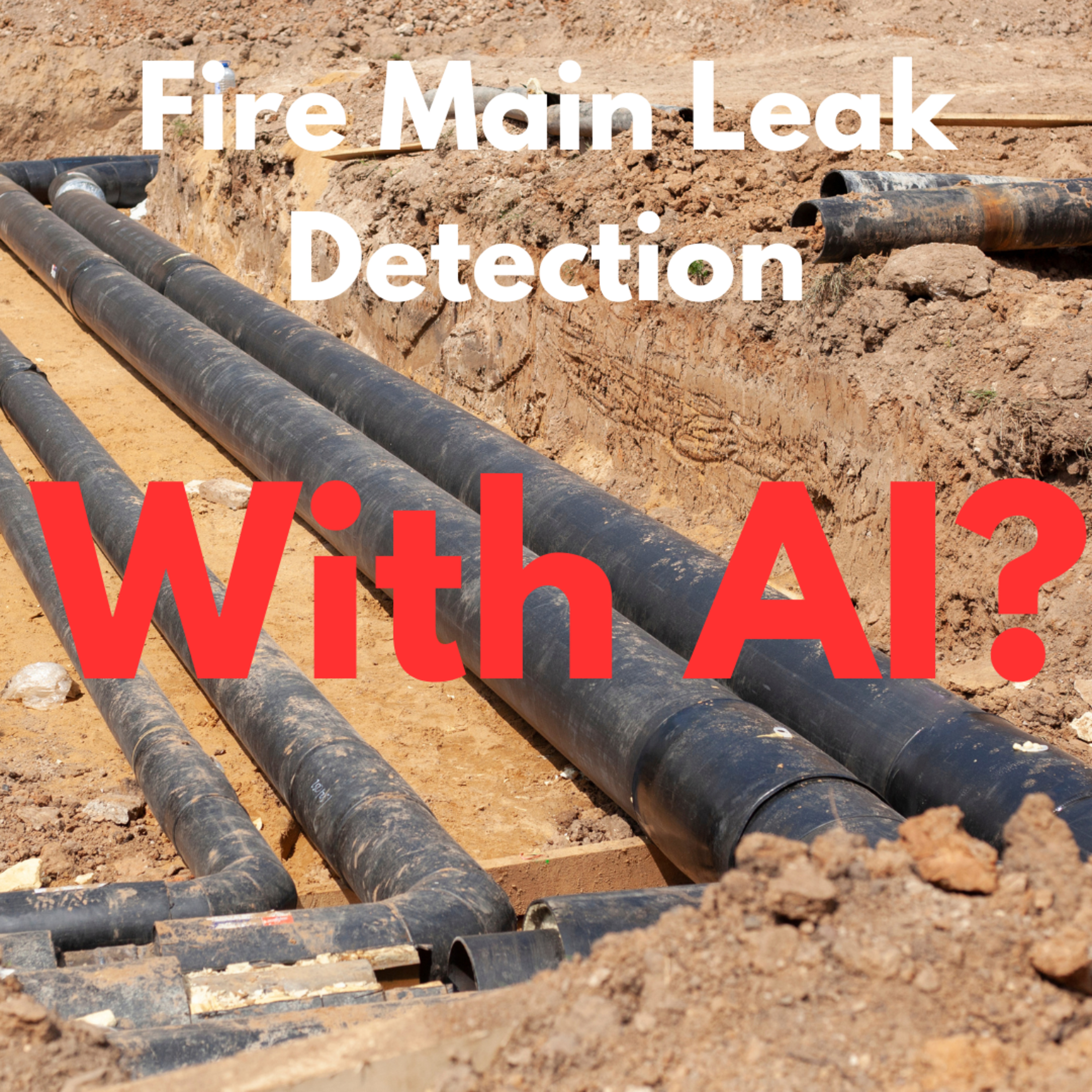 Energy Risk EngineeringFire Main Leak Management
Briefing Doc: Underground Fire Main Leak Management
Source: "Underground Fire Main Leak 'Management'" by John Munno, Energy Risk Engineering Insights (January 9, 2024)
Main Themes:
Proactive Leak Detection: The article emphasizes the importance of proactively identifying and managing leaks in underground fire mains before they escalate into major incidents.
Risk Assessment and Prioritization: A key theme is assessing the risk associated with each identified void or leak and prioritizing repairs based on severity and potential consequences.
Technology Utilization: The article advocates for leveraging technologies like ultrasonic listening equipment and ground-penetrating radar to enhance leak detection and...2024-10-2411 min
Energy Risk EngineeringFire Main Leak Management
Briefing Doc: Underground Fire Main Leak Management
Source: "Underground Fire Main Leak 'Management'" by John Munno, Energy Risk Engineering Insights (January 9, 2024)
Main Themes:
Proactive Leak Detection: The article emphasizes the importance of proactively identifying and managing leaks in underground fire mains before they escalate into major incidents.
Risk Assessment and Prioritization: A key theme is assessing the risk associated with each identified void or leak and prioritizing repairs based on severity and potential consequences.
Technology Utilization: The article advocates for leveraging technologies like ultrasonic listening equipment and ground-penetrating radar to enhance leak detection and...2024-10-2411 min Energy Risk EngineeringRisk Engineering Interviews
The three sources provide information on engineering interviews. The first source, from Indeed.com, lists common engineering interview questions and provides sample answers, along with guidance on how to answer those questions. The second source is a YouTube video transcript offering interview questions and answers, and tips on how to present yourself as a competent engineer. The third source, an article from InterviewPrep.com, focuses on interview questions related to risk management, an essential part of many engineering roles, along with strategic approaches and example answers to help potential candidates succeed.
2024-10-2410 min
Energy Risk EngineeringRisk Engineering Interviews
The three sources provide information on engineering interviews. The first source, from Indeed.com, lists common engineering interview questions and provides sample answers, along with guidance on how to answer those questions. The second source is a YouTube video transcript offering interview questions and answers, and tips on how to present yourself as a competent engineer. The third source, an article from InterviewPrep.com, focuses on interview questions related to risk management, an essential part of many engineering roles, along with strategic approaches and example answers to help potential candidates succeed.
2024-10-2410 min Energy Risk EngineeringSo, You want to be a Risk Engineer, Here's how I did it.
This Podcast from the "Energy Risk Engineering Lessons" YouTube channel provides an overview of the different types of energy risk engineers. The speaker discusses corporate risk engineers who work for companies, insurance company risk engineers who assess risk for insurance purposes, broker engineers who represent clients to insurance companies, and third-party risk engineers who are independent contractors. The speaker also explores the travel requirements associated with each position, noting that third-party risk engineers tend to travel the most. Finally, the speaker describes the specific duties and responsibilities of each type of risk engineer, highlighting the unique challenges and rewards of each...2024-10-2015 min
Energy Risk EngineeringSo, You want to be a Risk Engineer, Here's how I did it.
This Podcast from the "Energy Risk Engineering Lessons" YouTube channel provides an overview of the different types of energy risk engineers. The speaker discusses corporate risk engineers who work for companies, insurance company risk engineers who assess risk for insurance purposes, broker engineers who represent clients to insurance companies, and third-party risk engineers who are independent contractors. The speaker also explores the travel requirements associated with each position, noting that third-party risk engineers tend to travel the most. Finally, the speaker describes the specific duties and responsibilities of each type of risk engineer, highlighting the unique challenges and rewards of each...2024-10-2015 min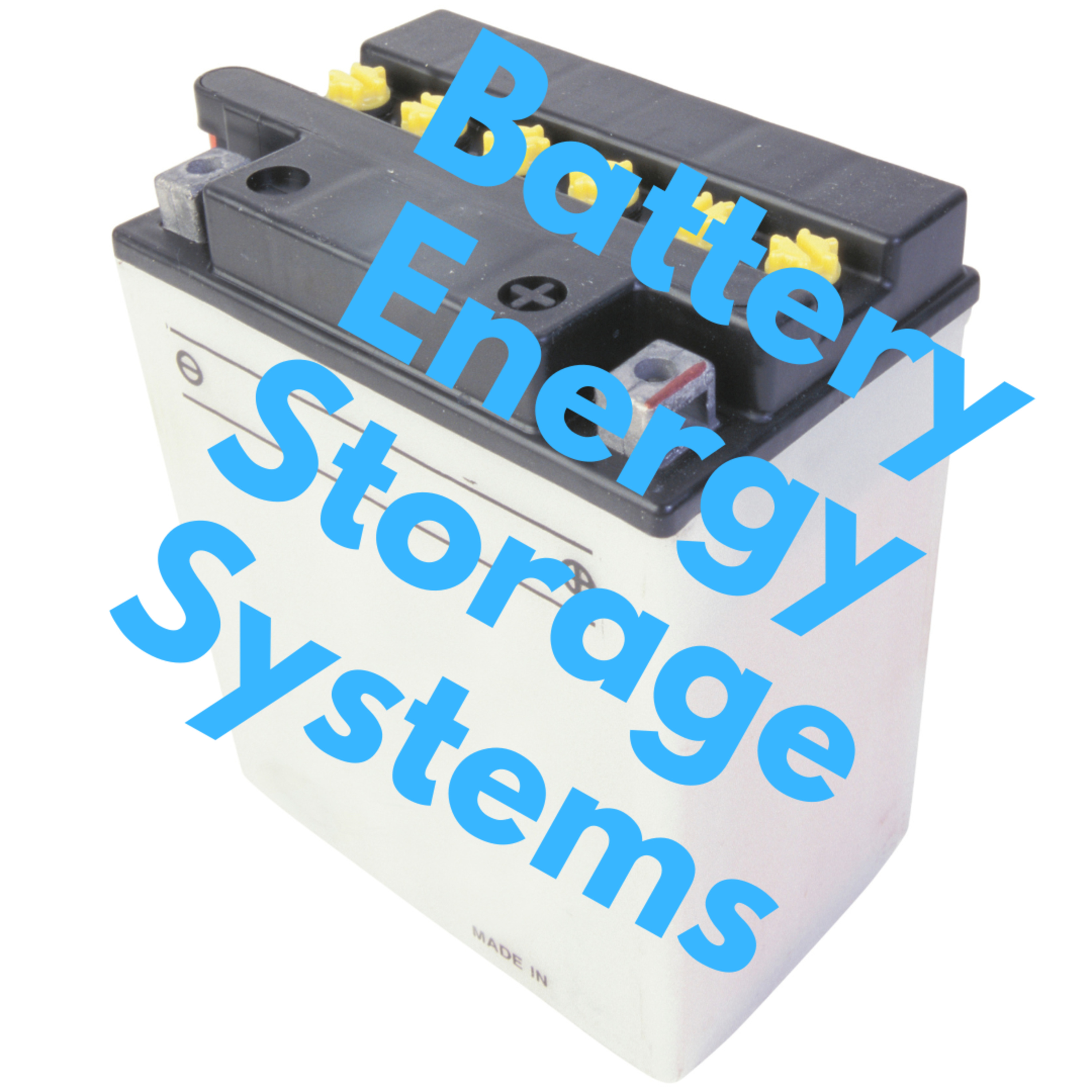 Energy Risk EngineeringBattery Energy Storage Systems
This YouTube Podcast is a comprehensive overview of battery energy storage systems (BESS) for risk engineers. The Podcast discusses what BESS are, their importance in balancing the grid and providing backup power, their components (including batteries, battery management systems, and power conversion systems), and their applications in residential, commercial, and industrial settings. Additionally, the speaker explores the risks associated with BESS, particularly thermal runaway and cascading effects, and highlights the importance of fire protection systems and emergency response procedures. Finally, the video provides examples of successful BESS installations and emphasizes the ongoing need for research and development in this...2024-10-1914 min
Energy Risk EngineeringBattery Energy Storage Systems
This YouTube Podcast is a comprehensive overview of battery energy storage systems (BESS) for risk engineers. The Podcast discusses what BESS are, their importance in balancing the grid and providing backup power, their components (including batteries, battery management systems, and power conversion systems), and their applications in residential, commercial, and industrial settings. Additionally, the speaker explores the risks associated with BESS, particularly thermal runaway and cascading effects, and highlights the importance of fire protection systems and emergency response procedures. Finally, the video provides examples of successful BESS installations and emphasizes the ongoing need for research and development in this...2024-10-1914 min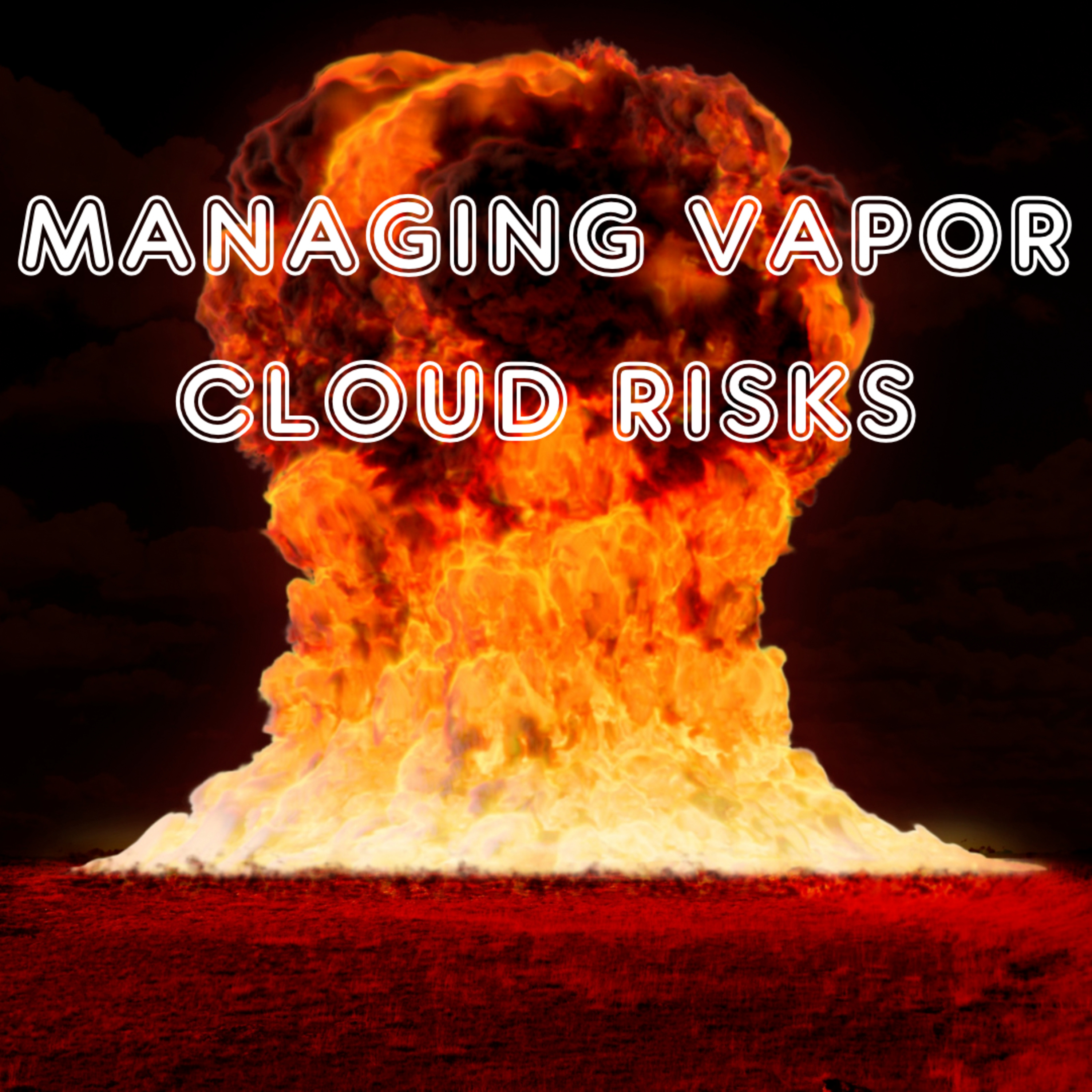 Energy Risk EngineeringUnconfined Vapor Cloud Explosions
This Podcast, titled "Unconfined Vapor Cloud Explosions," describes the dangers of unconfined vapor cloud explosions (UVCEs) in the energy industry. The article focuses on the risks associated with UVCEs and provides a comprehensive explanation of the phenomenon. The author addresses the importance of understanding UVCEs as it pertains to the risk of explosions caused by these unconfined vapor clouds and explains the potential consequences of UVCEs. The article also discusses various mitigation strategies to prevent or manage UVCEs, including early detection, preventing flammable vapor sources, and having emergency response procedures in place.
2024-10-1804 min
Energy Risk EngineeringUnconfined Vapor Cloud Explosions
This Podcast, titled "Unconfined Vapor Cloud Explosions," describes the dangers of unconfined vapor cloud explosions (UVCEs) in the energy industry. The article focuses on the risks associated with UVCEs and provides a comprehensive explanation of the phenomenon. The author addresses the importance of understanding UVCEs as it pertains to the risk of explosions caused by these unconfined vapor clouds and explains the potential consequences of UVCEs. The article also discusses various mitigation strategies to prevent or manage UVCEs, including early detection, preventing flammable vapor sources, and having emergency response procedures in place.
2024-10-1804 min Energy Risk EngineeringFire Wall (Barrier) Decisions
The video "Risk Based Fire Barrier Analysis - How to decide to build" discusses the use of firewalls in energy facilities, specifically focusing on the challenges and benefits of implementing them. The speaker, an engineer, addresses common issues with traditional firewall designs, like cost, wind load resistance, and airflow limitations, and outlines more modern solutions like Dura Steel and pre-cast concrete panels. The speaker then emphasizes the importance of a risk-based approach to evaluating firewall installations using a case study that shows how this method can help prioritize projects and ensure cost-effectiveness.
2024-10-1813 min
Energy Risk EngineeringFire Wall (Barrier) Decisions
The video "Risk Based Fire Barrier Analysis - How to decide to build" discusses the use of firewalls in energy facilities, specifically focusing on the challenges and benefits of implementing them. The speaker, an engineer, addresses common issues with traditional firewall designs, like cost, wind load resistance, and airflow limitations, and outlines more modern solutions like Dura Steel and pre-cast concrete panels. The speaker then emphasizes the importance of a risk-based approach to evaluating firewall installations using a case study that shows how this method can help prioritize projects and ensure cost-effectiveness.
2024-10-1813 min Energy Risk EngineeringAbiogenic Oil
The Podcast explains the abiogenic oil hypothesis, which argues that oil and natural gas formed inorganically rather than from the decomposition of ancient plants and animals. This hypothesis suggests that oil and natural gas were formed under high temperatures and pressures deep within the Earth's crust, potentially from volcanic activity or geothermal heat. The article discusses several scientific arguments supporting this hypothesis, but also acknowledges its limitations in explaining certain aspects of oil and gas formation.
2024-10-1806 min
Energy Risk EngineeringAbiogenic Oil
The Podcast explains the abiogenic oil hypothesis, which argues that oil and natural gas formed inorganically rather than from the decomposition of ancient plants and animals. This hypothesis suggests that oil and natural gas were formed under high temperatures and pressures deep within the Earth's crust, potentially from volcanic activity or geothermal heat. The article discusses several scientific arguments supporting this hypothesis, but also acknowledges its limitations in explaining certain aspects of oil and gas formation.
2024-10-1806 min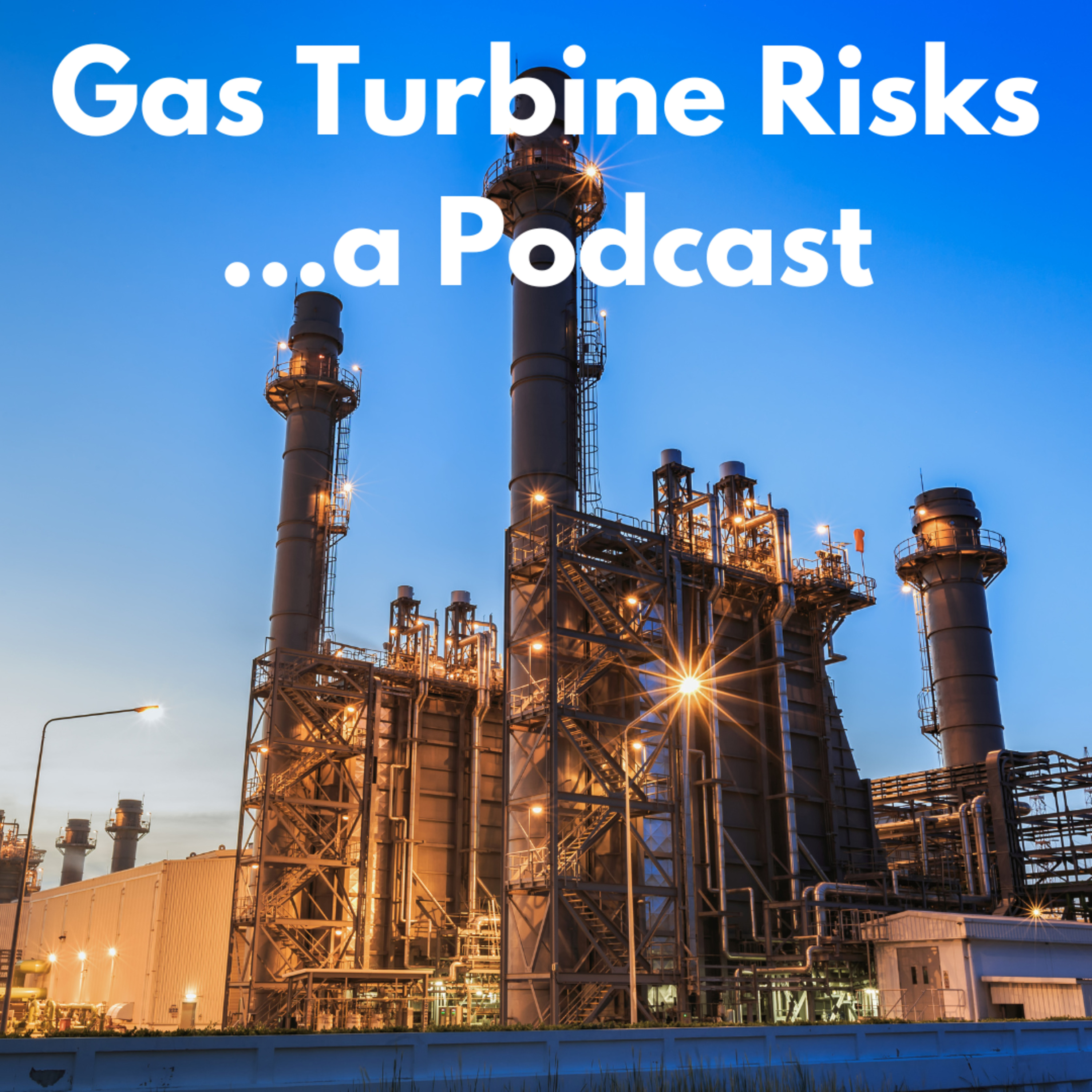 Energy Risk EngineeringGas Turbine Risks
The YouTube video "Advanced Gas Turbine Risks for Beginners Part 1 with no help from ChatGPT" by "Energy Risk Engineering Lessons" provides an introduction to the risks associated with advanced gas turbines for beginners in the energy and insurance industries. It begins by explaining the basic operation of a gas turbine and introduces terms such as "combustion turbine" and "aeroderivative." The video then discusses the challenges of operating gas turbines at high temperatures, including the need for exotic alloys, cooling systems, and thermal barrier coatings. The presenter also explains how the firing temperature of a gas turbine influences its classification...2024-10-1712 min
Energy Risk EngineeringGas Turbine Risks
The YouTube video "Advanced Gas Turbine Risks for Beginners Part 1 with no help from ChatGPT" by "Energy Risk Engineering Lessons" provides an introduction to the risks associated with advanced gas turbines for beginners in the energy and insurance industries. It begins by explaining the basic operation of a gas turbine and introduces terms such as "combustion turbine" and "aeroderivative." The video then discusses the challenges of operating gas turbines at high temperatures, including the need for exotic alloys, cooling systems, and thermal barrier coatings. The presenter also explains how the firing temperature of a gas turbine influences its classification...2024-10-1712 min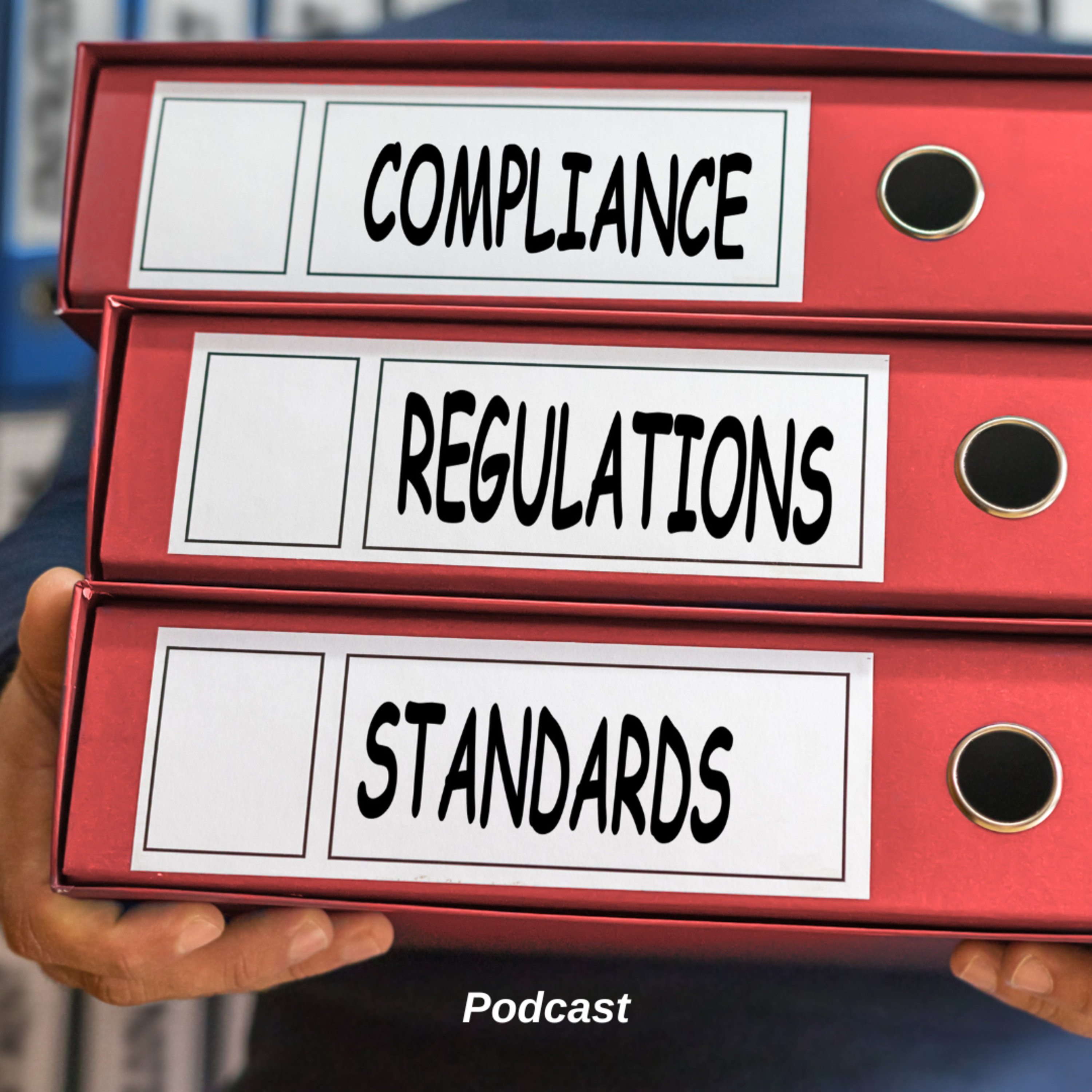 Energy Risk EngineeringCode Compliance versus Risk ManagementThis podcast contrasts prescriptive standards and risk-based equipment protection as approaches to ensuring safety in industrial settings. Prescriptive standards offer specific guidelines and requirements, while risk-based equipment protection focuses on identifying and addressing hazards based on their likelihood and potential consequences. Risk-based assessments involve conducting comprehensive risk assessments to prioritize mitigation efforts where they will have the greatest impact. While prescriptive standards provide a foundation for safety, risk-based assessments offer a more dynamic and adaptable approach. The author suggests that a combination of prescriptive standards and risk-based assessments may yield the best results in practice.
2024-10-1603 min
Energy Risk EngineeringCode Compliance versus Risk ManagementThis podcast contrasts prescriptive standards and risk-based equipment protection as approaches to ensuring safety in industrial settings. Prescriptive standards offer specific guidelines and requirements, while risk-based equipment protection focuses on identifying and addressing hazards based on their likelihood and potential consequences. Risk-based assessments involve conducting comprehensive risk assessments to prioritize mitigation efforts where they will have the greatest impact. While prescriptive standards provide a foundation for safety, risk-based assessments offer a more dynamic and adaptable approach. The author suggests that a combination of prescriptive standards and risk-based assessments may yield the best results in practice.
2024-10-1603 min Energy Risk EngineeringCareer Paths in Energy Risk Engineering
The podcast discusses the different career paths available to risk engineers in the energy industry. The text explains the advantages and disadvantages of working in a corporate risk management department, a large insurance broker, and as an underwriter for an insurer. It highlights key considerations such as industry knowledge, market access, client relationships, financial stability, and the use of artificial intelligence in risk management.
2024-10-1610 min
Energy Risk EngineeringCareer Paths in Energy Risk Engineering
The podcast discusses the different career paths available to risk engineers in the energy industry. The text explains the advantages and disadvantages of working in a corporate risk management department, a large insurance broker, and as an underwriter for an insurer. It highlights key considerations such as industry knowledge, market access, client relationships, financial stability, and the use of artificial intelligence in risk management.
2024-10-1610 min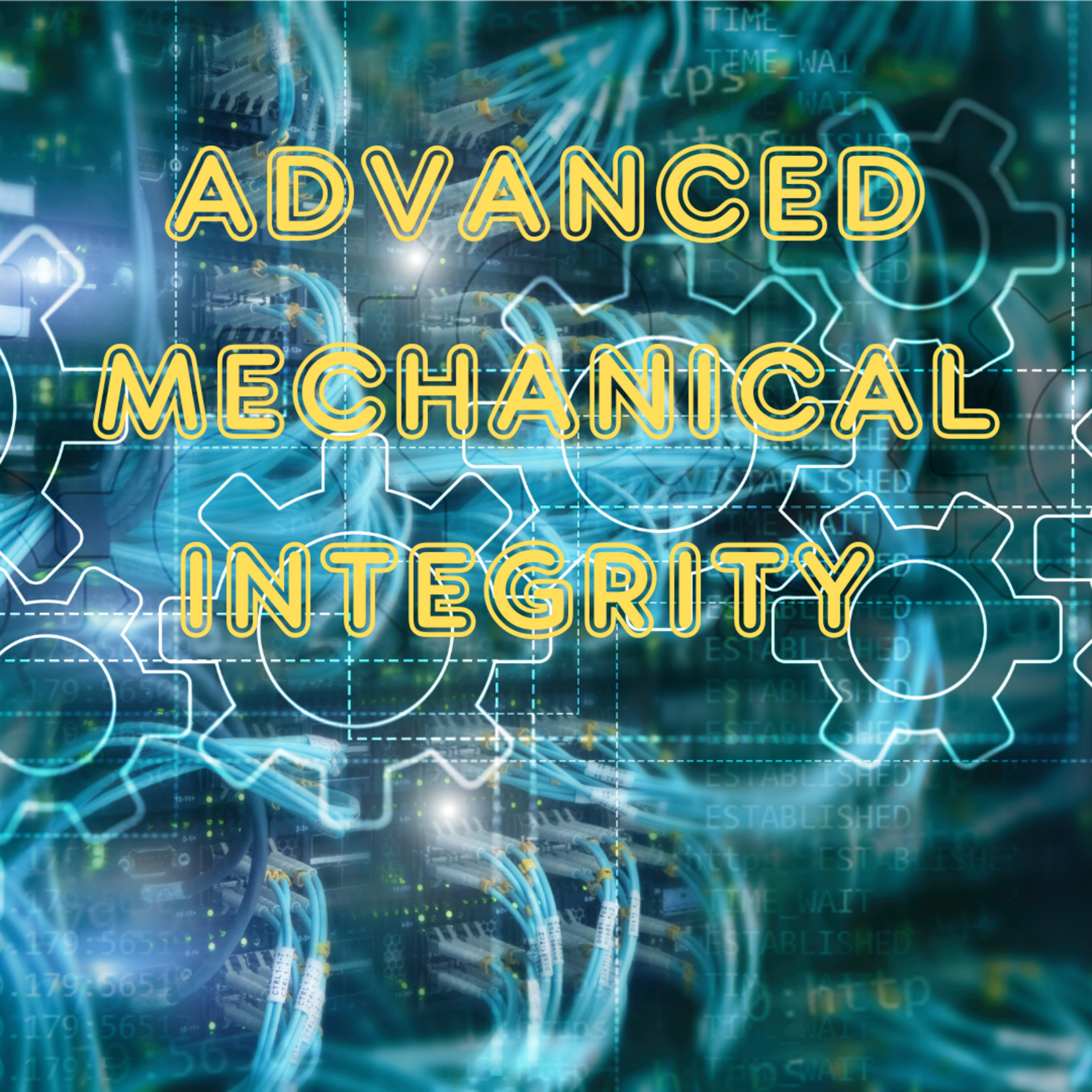 Energy Risk EngineeringAdvanced Mechanical Integrity
"Advancements in Mechanical Integrity for Chemical Manufacturing: Enhancing Safety and Reliability" from Energy Risk Engineering Insights discusses the use of advanced mechanical integrity (MI) techniques in chemical manufacturing to improve safety and reliability. The article highlights several key advancements, including the use of advanced non-destructive testing (NDT) techniques, eddy current testing for detecting cracks and corrosion, digital twin technology for simulating the real-time performance of equipment, and remote inspection and monitoring capabilities. The article also emphasizes the importance of data-driven decision making and the use of artificial intelligence in asset management systems. Ultimately, the article argues that these advancements...2024-10-1606 min
Energy Risk EngineeringAdvanced Mechanical Integrity
"Advancements in Mechanical Integrity for Chemical Manufacturing: Enhancing Safety and Reliability" from Energy Risk Engineering Insights discusses the use of advanced mechanical integrity (MI) techniques in chemical manufacturing to improve safety and reliability. The article highlights several key advancements, including the use of advanced non-destructive testing (NDT) techniques, eddy current testing for detecting cracks and corrosion, digital twin technology for simulating the real-time performance of equipment, and remote inspection and monitoring capabilities. The article also emphasizes the importance of data-driven decision making and the use of artificial intelligence in asset management systems. Ultimately, the article argues that these advancements...2024-10-1606 min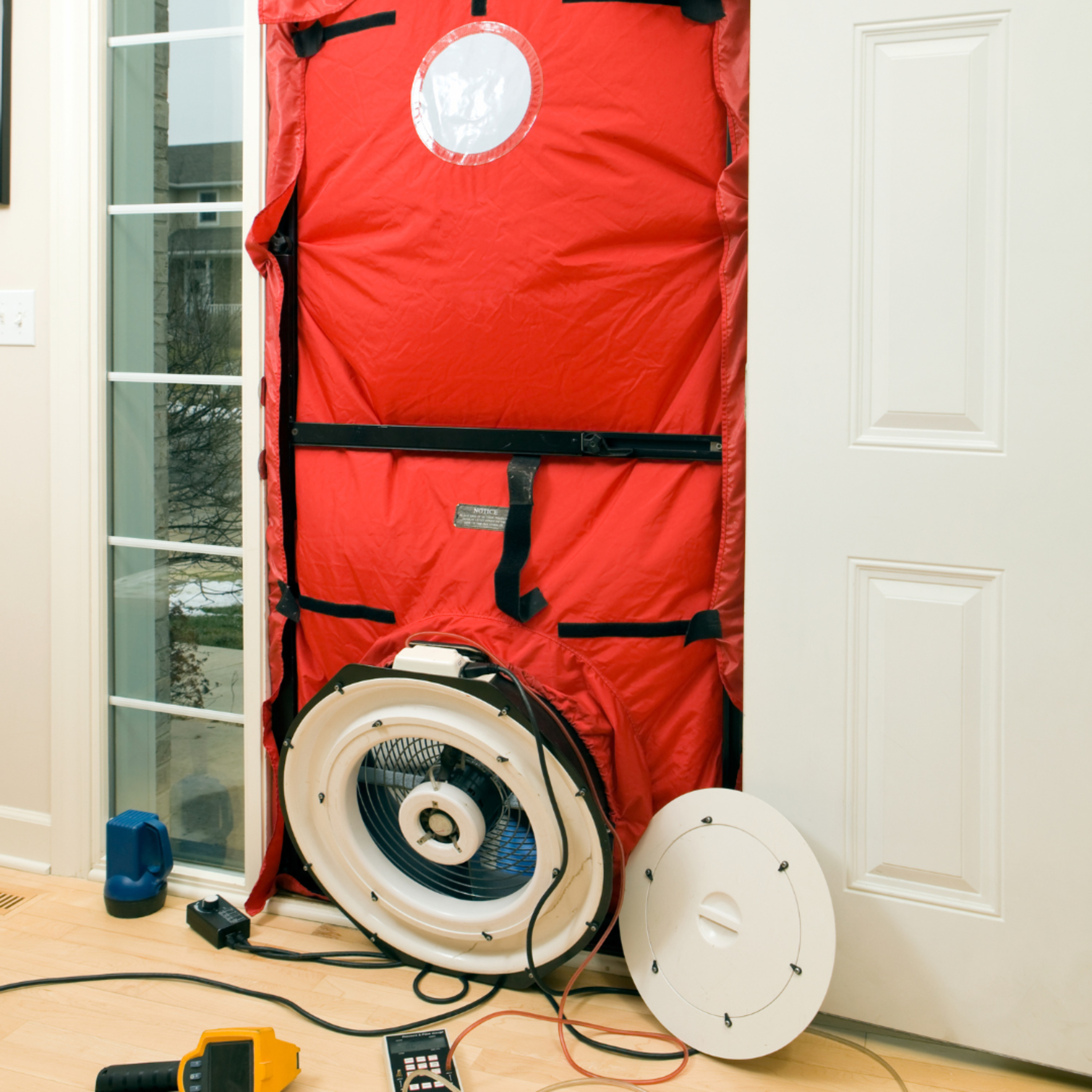 Energy Risk EngineeringClean Agent Door Fan Testing
This podcast focuses on the importance of door fan enclosure integrity inspections for clean agent systems, which are designed to suppress fires in critical environments. The document explains the purpose of these inspections, which is to ensure the integrity of the enclosure surrounding the protected area, and outlines five key aspects to consider during these inspections: enclosure assessment, containment effectiveness, smoke penetration testing, smoke pressurization testing, and fan enclosure leakage rate. The document also highlights the importance of following relevant regulations, industry standards, and manufacturer's guidelines, as well as consulting with certified professionals for precise guidance on door fan...2024-10-1605 min
Energy Risk EngineeringClean Agent Door Fan Testing
This podcast focuses on the importance of door fan enclosure integrity inspections for clean agent systems, which are designed to suppress fires in critical environments. The document explains the purpose of these inspections, which is to ensure the integrity of the enclosure surrounding the protected area, and outlines five key aspects to consider during these inspections: enclosure assessment, containment effectiveness, smoke penetration testing, smoke pressurization testing, and fan enclosure leakage rate. The document also highlights the importance of following relevant regulations, industry standards, and manufacturer's guidelines, as well as consulting with certified professionals for precise guidance on door fan...2024-10-1605 min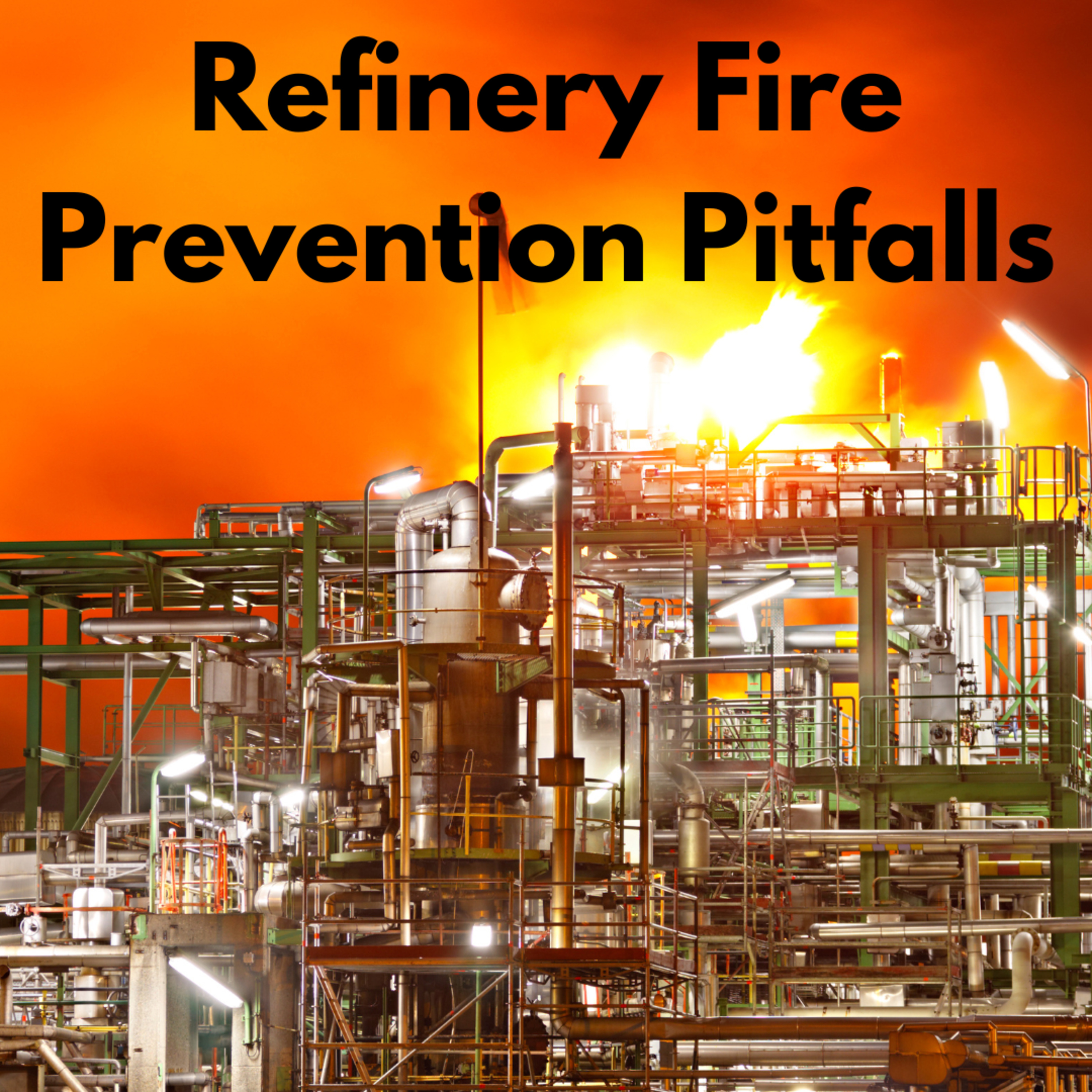 Energy Risk EngineeringRefinery Fire Prevention Pitfalls
This podcast, "Refinery Fire Prevention Pitfalls," explores common mistakes in the implementation of fire prevention programs within refineries. It highlights five key areas where these programs often fail: inadequate risk assessment, neglecting regular maintenance, poor housekeeping practices, insufficient fire suppression systems, and ignoring regulatory compliance. The article stresses the importance of comprehensive risk assessment, routine maintenance, and adherence to industry regulations to ensure a robust fire prevention program that safeguards personnel and protects the environment.
2024-10-1609 min
Energy Risk EngineeringRefinery Fire Prevention Pitfalls
This podcast, "Refinery Fire Prevention Pitfalls," explores common mistakes in the implementation of fire prevention programs within refineries. It highlights five key areas where these programs often fail: inadequate risk assessment, neglecting regular maintenance, poor housekeeping practices, insufficient fire suppression systems, and ignoring regulatory compliance. The article stresses the importance of comprehensive risk assessment, routine maintenance, and adherence to industry regulations to ensure a robust fire prevention program that safeguards personnel and protects the environment.
2024-10-1609 min Energy Risk EngineeringRisk Engineers in the Finance World
This podcast discusses the importance of risk engineers in the finance department of energy companies, especially in the LNG and LPG industry. Risk engineers act as a bridge between technical operations and financial teams, helping to assess the cost of risks and the effectiveness of mitigation strategies. The document emphasizes the need for proactive risk management, including the implementation of recommendations to improve safety, reduce losses, and distinguish a company's risk profile from the general energy market. Engineering resources are involved in both risk engineering and claims handling, providing valuable support to the underwriting process and offering additional services...2024-10-1609 min
Energy Risk EngineeringRisk Engineers in the Finance World
This podcast discusses the importance of risk engineers in the finance department of energy companies, especially in the LNG and LPG industry. Risk engineers act as a bridge between technical operations and financial teams, helping to assess the cost of risks and the effectiveness of mitigation strategies. The document emphasizes the need for proactive risk management, including the implementation of recommendations to improve safety, reduce losses, and distinguish a company's risk profile from the general energy market. Engineering resources are involved in both risk engineering and claims handling, providing valuable support to the underwriting process and offering additional services...2024-10-1609 min The Wedding Of DistinctionWedding Day Time Line w/ John MunnoThey say that timing is everything. But how can you properly plan your wedding day? Where do you start and what resources should you consider?On this episode Mike Fernino speaks with John Munno of John Munno Weddings. He brings a ton of great insight as to the proper timing of your wedding day from his prospective as a professional wedding photographer! To contact John call 203-824-7423or JohnMunnoWeddings.com2024-01-3131 min
The Wedding Of DistinctionWedding Day Time Line w/ John MunnoThey say that timing is everything. But how can you properly plan your wedding day? Where do you start and what resources should you consider?On this episode Mike Fernino speaks with John Munno of John Munno Weddings. He brings a ton of great insight as to the proper timing of your wedding day from his prospective as a professional wedding photographer! To contact John call 203-824-7423or JohnMunnoWeddings.com2024-01-3131 min The Wedding Of DistinctionFinding The Right Photographer w/ John MunnoWith January 2023 upon us couples come to the sudden realization that their wedding is not very far away and they better get booking their wedding vendors. After the venue, booking your photographer is the next important vendor to book. But with so many options out there how do you decide who is good and who is not. Wedding Photographer John Munno, the owner and photographer of John Munno Weddings will give you lots of invaluable information on what to look for when hiring a wedding photographer, so you can find the best photographer for your wedding needs.2023-01-0623 min
The Wedding Of DistinctionFinding The Right Photographer w/ John MunnoWith January 2023 upon us couples come to the sudden realization that their wedding is not very far away and they better get booking their wedding vendors. After the venue, booking your photographer is the next important vendor to book. But with so many options out there how do you decide who is good and who is not. Wedding Photographer John Munno, the owner and photographer of John Munno Weddings will give you lots of invaluable information on what to look for when hiring a wedding photographer, so you can find the best photographer for your wedding needs.2023-01-0623 min The Wedding Of DistinctionSelecting The Perfect Wedding VenueOn this episode my guest is John Munno as we discuss selecting the perfect wedding venue! John Munno is the owner and photographer for John Munno Weddings. John’s interest in photography started in high school years when his father gifted him a family heirloom camera. That camera went with everywhere John went. Thus was born his love for capturing beautiful scenes, precious moments and telling stories through photography.As this interest continued to grow in his life, John went on to study photography at the New York Institute of Photography after which he started his caree...2021-11-1621 min
The Wedding Of DistinctionSelecting The Perfect Wedding VenueOn this episode my guest is John Munno as we discuss selecting the perfect wedding venue! John Munno is the owner and photographer for John Munno Weddings. John’s interest in photography started in high school years when his father gifted him a family heirloom camera. That camera went with everywhere John went. Thus was born his love for capturing beautiful scenes, precious moments and telling stories through photography.As this interest continued to grow in his life, John went on to study photography at the New York Institute of Photography after which he started his caree...2021-11-1621 min Bio-Touch is a unique, natural energy healing approach for all stages of life.Meet John Munno. Mondays with Bev & Paul: February 15, 2021Bio-Touch changed John’s life by opening the door of Self-Awareness over 30 years ago. That ignited a flame and passion for self-discovery and inner growth and exploration that continues to this very day.2021-02-1521 min
Bio-Touch is a unique, natural energy healing approach for all stages of life.Meet John Munno. Mondays with Bev & Paul: February 15, 2021Bio-Touch changed John’s life by opening the door of Self-Awareness over 30 years ago. That ignited a flame and passion for self-discovery and inner growth and exploration that continues to this very day.2021-02-1521 min